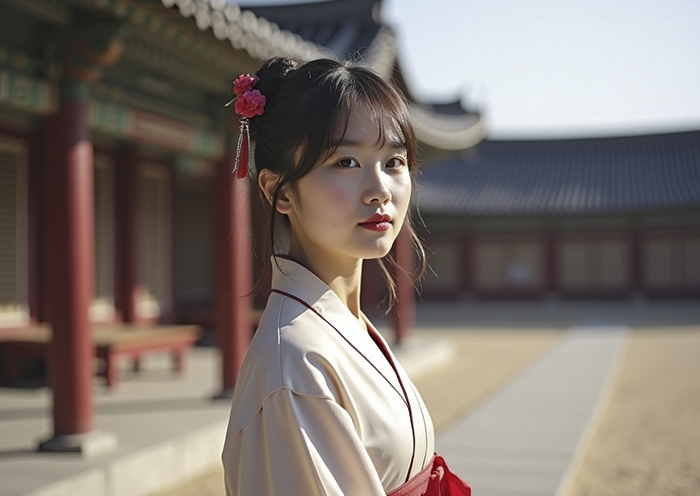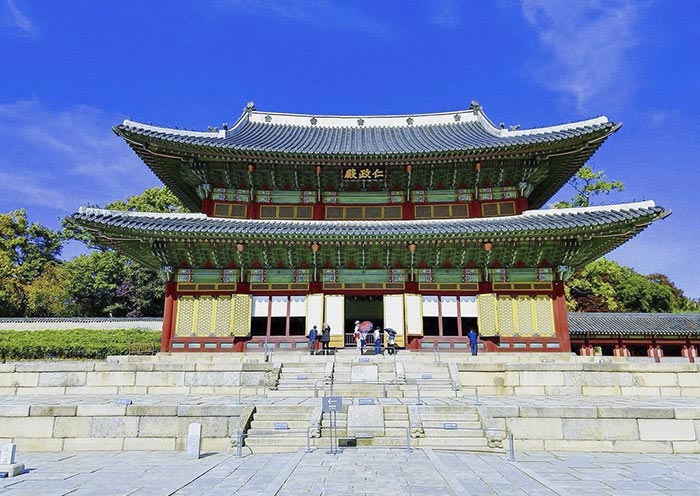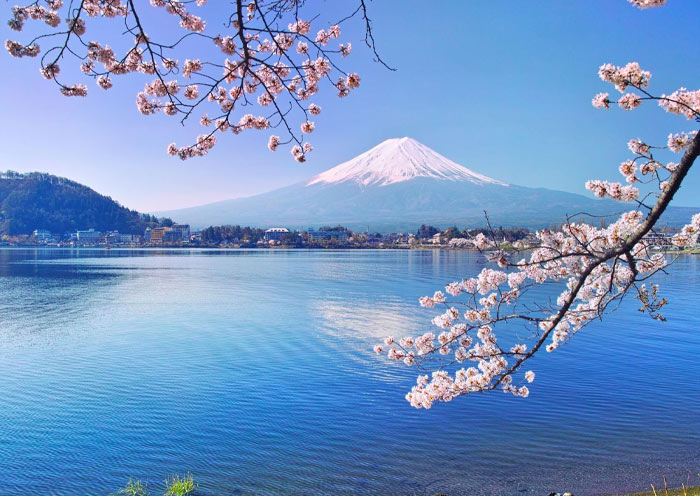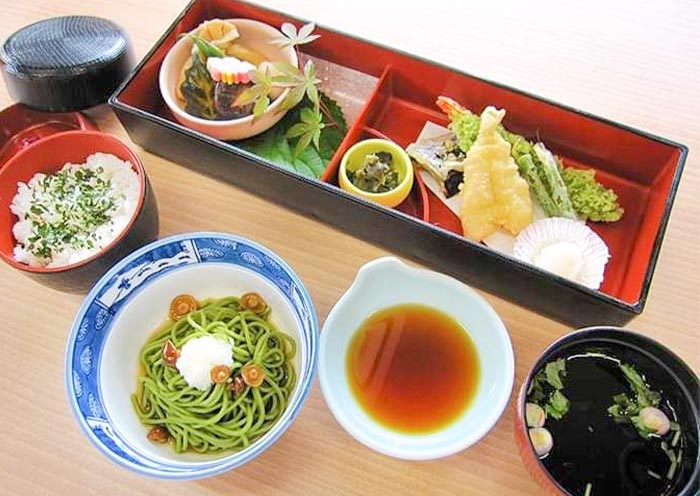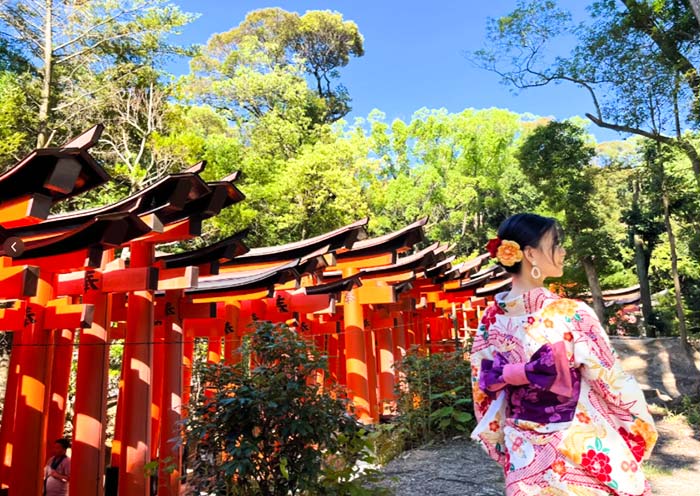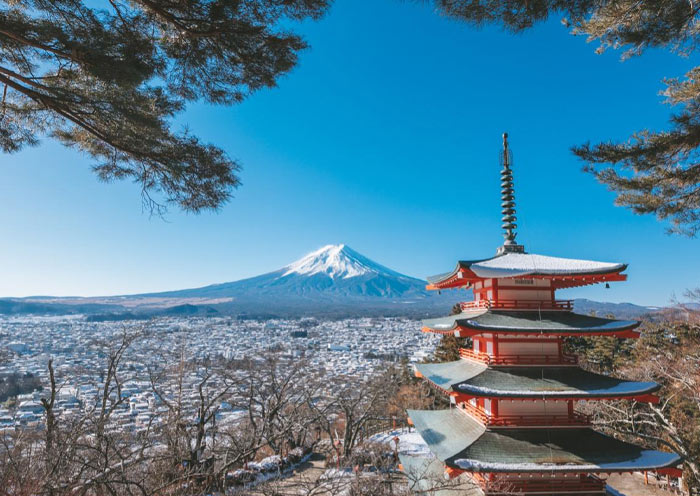17 Days Best East Asia Tour Package - Discover South Korea, Japan & China
From
USD Request![]()
- This is the price per person, based on a group of 6 people, 4-star hotel accommodation, and travel during the regular season.
- Early-bird rates apply to bookings made at least 6 months prior to the departure date.
- The price is subject to change depending on your travel season, group size, hotel class, and potential fluctuations in currency exchange rates.
- Highlights
- Itinerary
- Price
- Trip Notes
- Accommodation
- Photos
- Reviews
Uncover Top 3 East Asia Countries with Asia Odyssey Travel
Discover the heart of East Asia - where ancient traditions (UNESCO Sites) dance with modern energy - on our 17 Days East Asia Tour through South Korea, Japan, and China. From Seoul’s palaces to Tokyo’s neon streets and Beijing’s Forbidden City - experience the best of East Asia!
East Asia Odyssey: 3 Countries, 1 Unforgettable Journey:
1.Best of South Korea: Step into history at Gyeongbokgung Palace and explore the tense DMZ border.
2.Best of Japan: See Mt. Fuji’s beauty, Kyoto’s golden temples, Nara’s friendly deer, Osaka’s street food.
3.Best of China: Visit Shanghai’ the Bund, stand with the Terracotta Warriors, walk the Great Wall, and dive into Beijing’s hutongs.
Foodie Heaven: Taste South Korea’s kimchi, Japan’s sushi, and Peking duck - every meal is an adventure!
Culture & Fun: Wear a hanbok in Seoul, ride a bullet train in Japan/China, and dress in Hanfu in Xian.
Book 17 Days East Asia Tour Package with Asia Odyssey Travel now. A story of Three Top East Asia Countries. Let’s go explore!
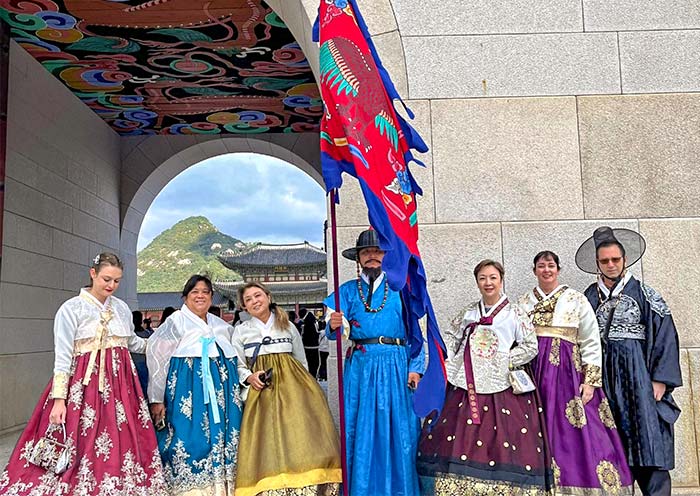
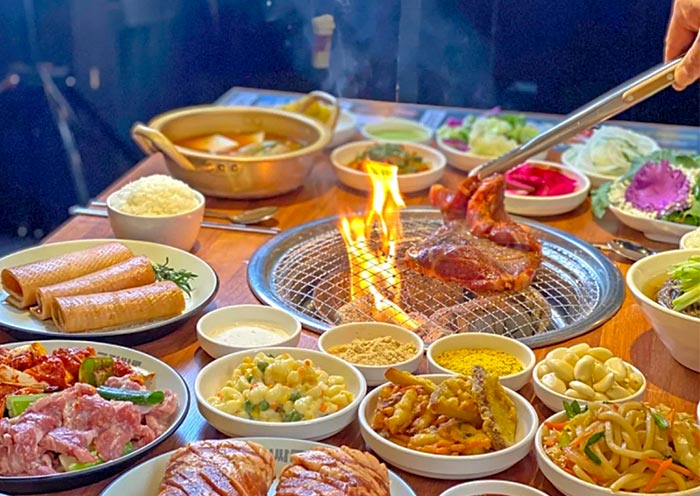
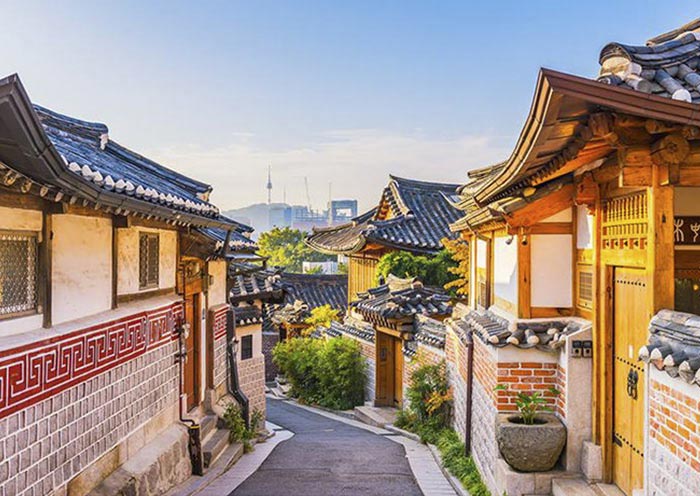
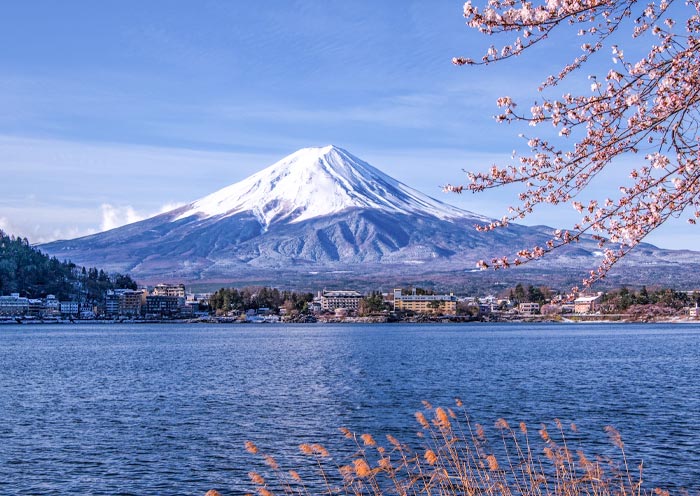
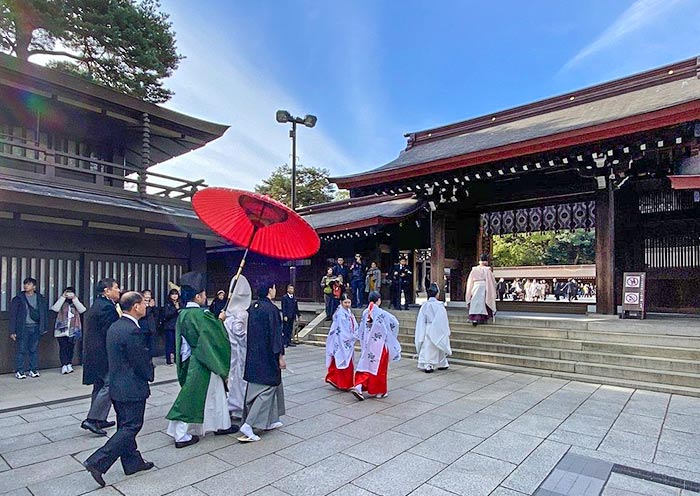
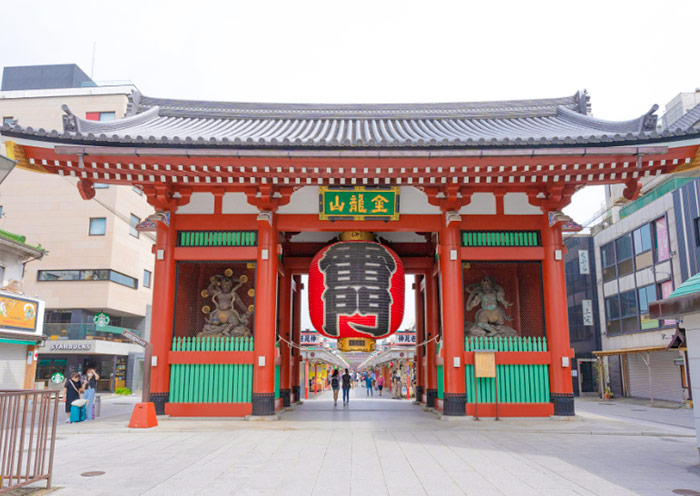
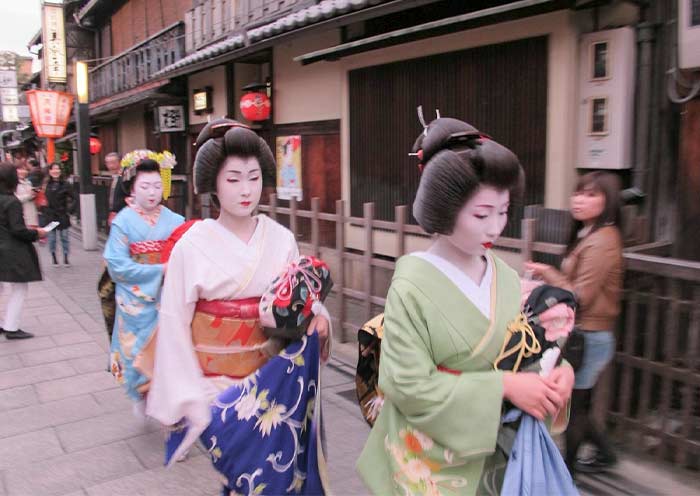
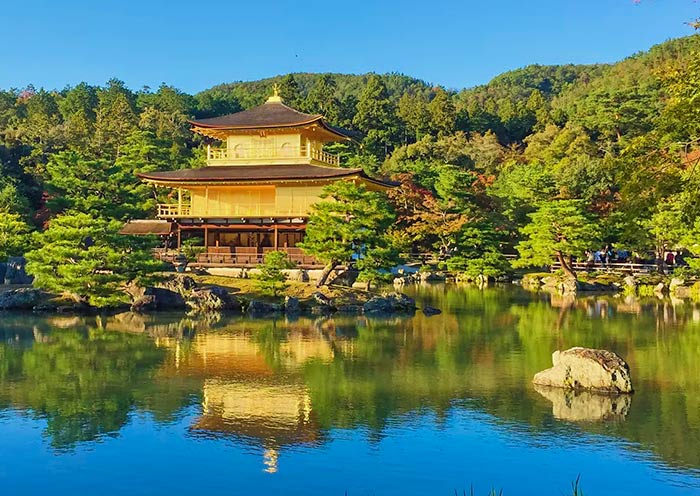
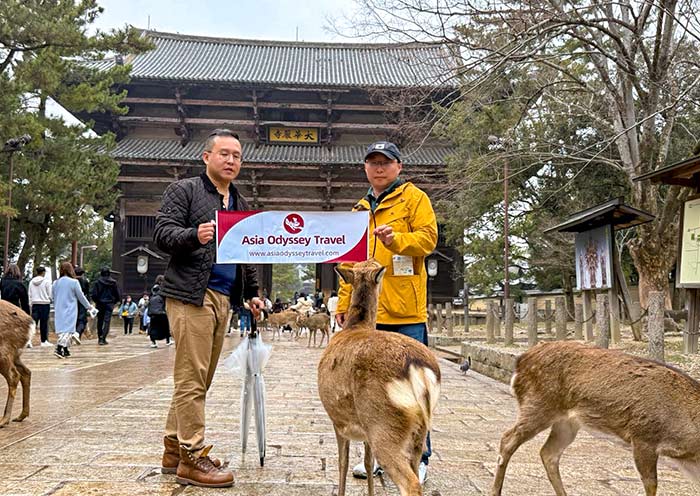
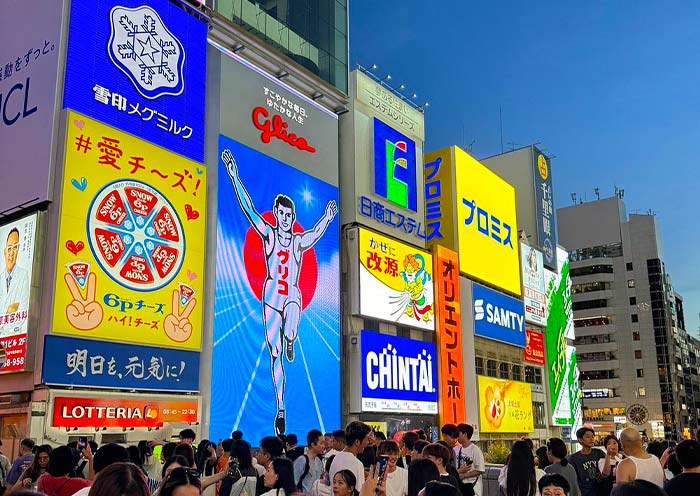
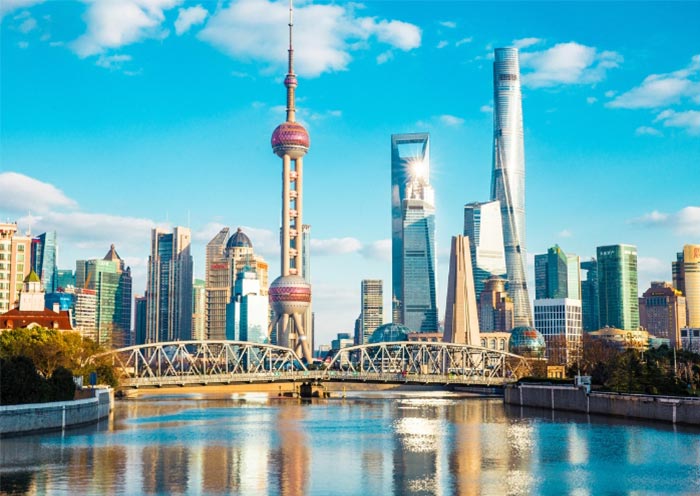
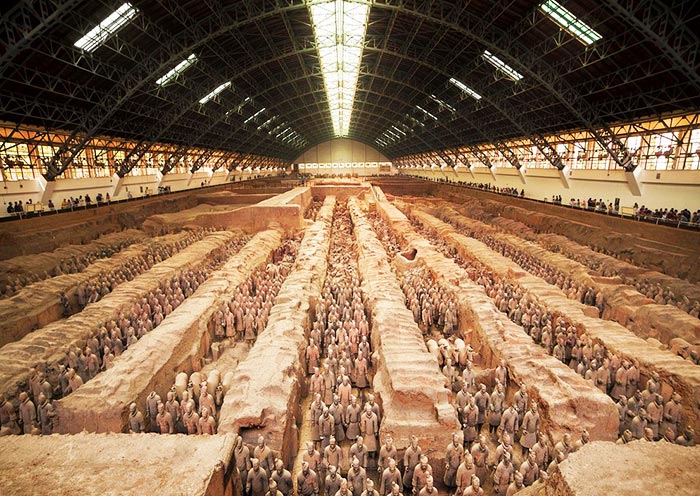
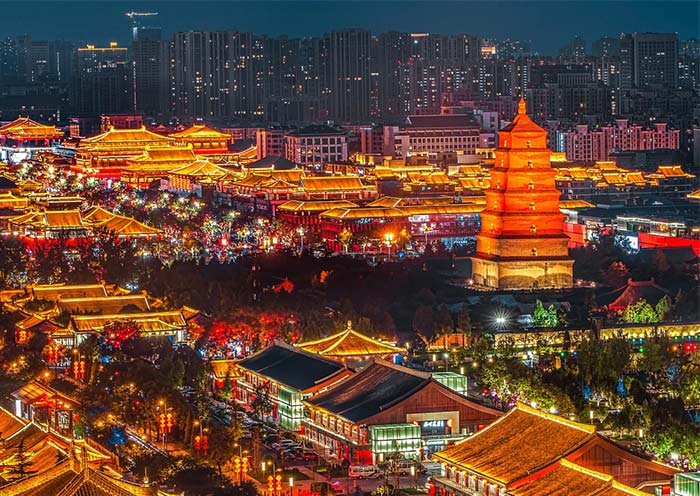
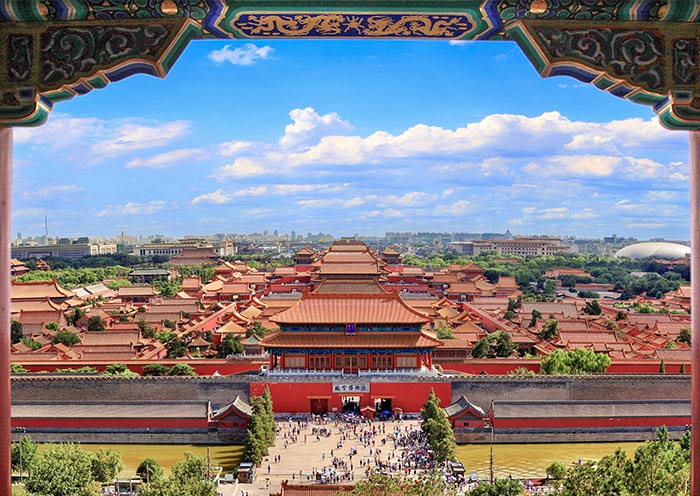
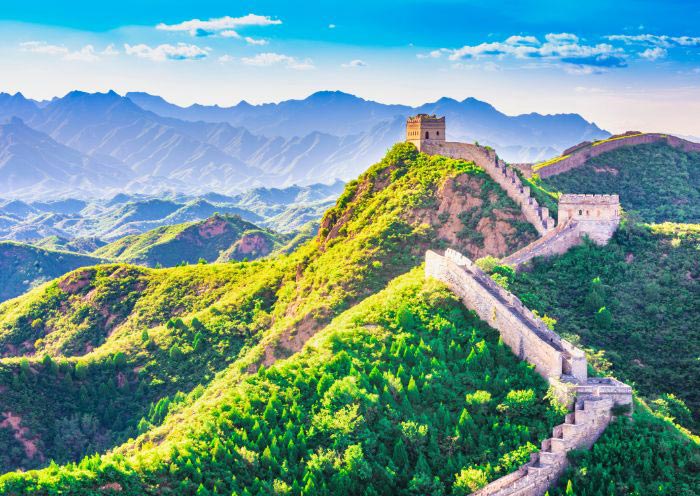
Itinerary at a Glance
Seoul (3.5 Days)
Gyeongbokgung Palace, Bukchon Hanok Village, Jogyesa Temple, Insadong Art and Antique Street, Gwangjang Food Market, Presidential Blue House (Outside View); DMZ tour (Imjingak Park, Freedom Bridge, 3rd Infiltration Tunnel, DMZ Theater and Exhibition Hall, Dora Observatory)
Tokyo (1.5 Days)
Meiji Jingu Shrine (Meiji Shrine; a Shinto Shrine), Shibuya Crossing, Senso-ji Temple (Asakusa Kannon Temple; a Buddhist temple; view Tokyo Skytree),Tsukiji Outer Market (Tsukiji Fish Market)
Mount Fuji (1 Day)
Mount Fuji 5th Station, Lake Kawaguchi, Kubota Itchiku Art Museum, Tenjo-san Park Cable Car or Lake Cruise
Kyoto (2 Days)
Tokyo to Kyoto by Shinkansen (Bullet Train), Kinkakuji Temple, Nijo Castle, Fushimi Inari Taisha Shrine, Kiyomizudera Temple, Ninenzaka & Sannenzaka, Yasaka Shrine, Gion
Nara (0.5 Day)
Todaiji Temple, Nara Park
Osaka (1.5 Days)
Shinsaibashi-suji Shopping Street
Shanghai (2 Days)
Shanghai Tower, Yu Garden, Yuyuan Bazaar, Xintiandi, Nanjing Road, The Bund
Xian (2 Day)
Terracotta Warriors & DIY, Giant Wild Goose Pagoda, Hanfu Experience, Grand Tang Dynasty Ever Bright City, Ancient City Wall, Muslim Quarter, Great Mosque, Ancient City Wall, Muslim Quarter, Great Mosque
Beijing (3 Days)
Tian’ anmen Square, Forbidden City, Summer Palace, Mutianyu Great Wall, Bird’s Nest & Water Cube, Temple of Heaven, Old Hutongs
Itinerary Day by Day
안녕하세요! Welcome to Seoul, the capital of South Korea! Upon your arrival at Seoul Incheon International Airport, your driver will meet you at the exit and escort you to the hotel. Enjoy a restful night at your hotel and prepare to explore Seoul the following day.
Your adventure begins in Seoul, a sprawling metropolis located in the Han River basin. It's a city of contrasts, where ancient palaces, towering skyscrapers, and bustling markets coexist harmoniously. If you arrive early, explore this modern Asian metropolis at your own pace and discover how ancient traditions blend seamlessly with modernity in one of Asia's great cities.
Free Time Idea in Seoul (Explore on your own based on your time):
Take the Seoul Namsan Cable Car, which will transport you up to the magnificent Namsan Mountain. The cable car ride is an unforgettable experience, providing stunning views of the city below. When you reach the summit, prepare to be blown away by the panoramic view of Seoul. Get ready to ascend to new heights as we make your way to the Seoul Tower, perched atop Namsan Mountain. A true gem of Seoul, this iconic landmark will take your breath away with its stunning views of the city. Take the elevator to the top and step out onto the observation decks to witness panoramic views that will leave you in awe.
In the evening, experience the hustle and bustle of Seoul at Namdaemun Market. You can explore traditional Korean food, snacks, souvenirs, and accessories.
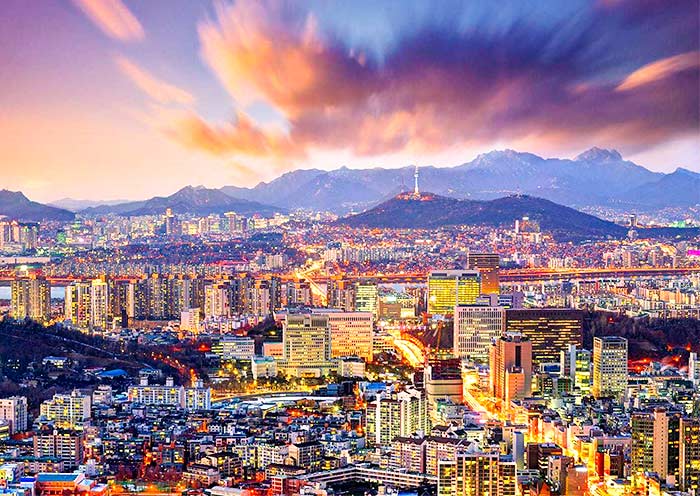
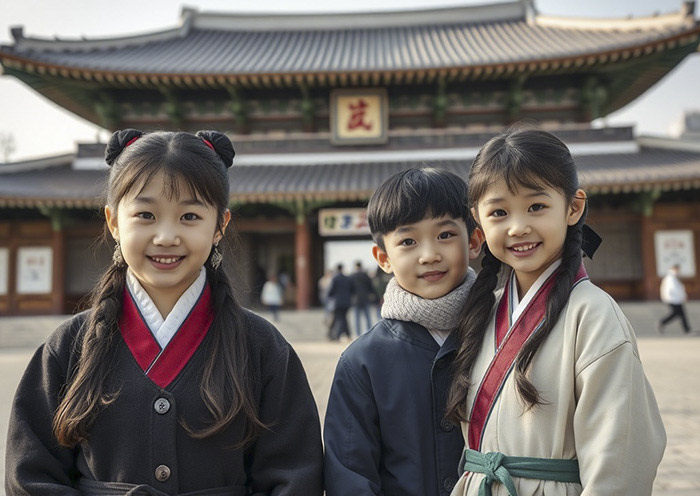
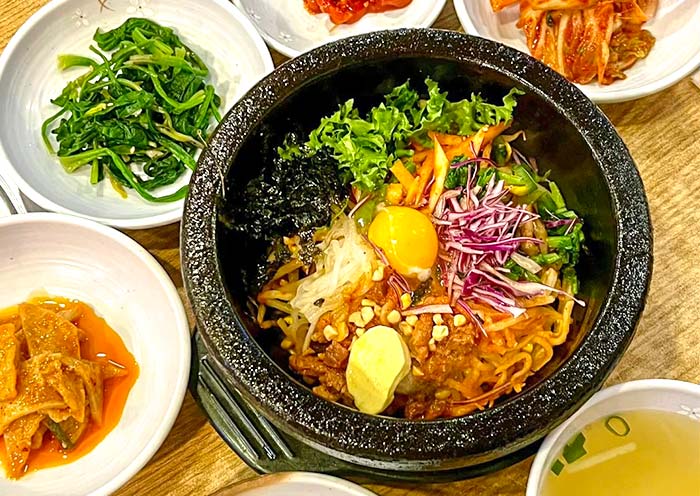
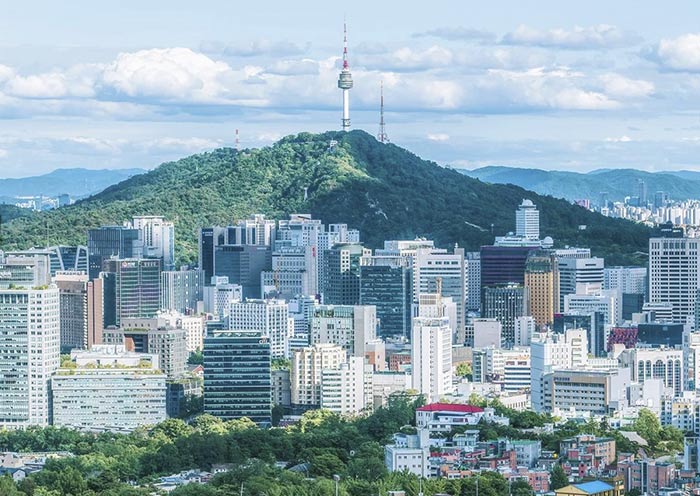
In the morning, your guide will pick you up from your hotel. Today is a highlight of your Seoul trip, featuring amazing attractions and experiences. You'll explore the grand palace, the traditional Hanok Village, and immerse yourself in the vibrant local life and culture. Plus, you'll have the chance to try typical Korean snacks.
Your first stop is the Presidential Blue House (Cheongwadae), a symbol of South Korea's political power. Take in the distinctive blue roof and modern architecture from the outside.
Next, walk to Gyeongbokgung Palace, the largest and best-preserved palace in Korea, which served as the main palace of the Joseon Dynasty. Built in 1395 by King Taejo Lee Seong-gye, this palace witnessed the rise and fall of the dynasty. Its layout is meticulous, and its architectural style is unique, representing the pinnacle of Korean architectural art. (Optional: Hanbok Rental Experience - Dress in a traditional hanbok for a journey back in time to the Joseon Dynasty. Rental fees apply on-site.) Follow the route suggested by your guide, visit Gwanghwamun, the most iconic gate, and admire the palace's architecture. Appreciate Geunjeongjeon, the heart of Gyeongbokgung Palace and symbol of the highest authority of the Joseon Dynasty. Proceed to Sajeongjeon, where grand ceremonies were held and foreign envoys were received. Explore Gyotaejeon to see the queen's living quarters. Enjoy a leisurely stroll to Hyangwonjeong, a picturesque pavilion situated on an artificial lake, offering a splendid view of the palace. (Please note: If time allows, you can take a photo with the changing of the royal guard ceremony at Gwanghwamun for a unique, historical experience. The ceremony takes place at 10:00 and 14:00, except on Tuesdays when Gyeongbokgung Palace is closed. It typically lasts about 20 minutes.)
After exploring the grand palace, let's head to enjoy the traditional Korean houses at Bukchon Hanok Village. This village is renowned for its well-preserved traditional Korean houses, known as “hanok”. Originally a residential area for the nobility and high-ranking officials of the Joseon Dynasty, Bukchon Hanok Village is characterized by its abundance of hanok. These houses feature curved roofs, wooden frames, and traditional Korean interior design. Many of the hanok have been repurposed into cultural centers, tea houses, and guesthouses, providing visitors with an opportunity to experience traditional Korean living firsthand.
Escape from the hustle and bustle, and you’ll take your time to visit Jogyesa Temple, founded in 1395. It serves as the headquarters of the Jogye Order of Korean Buddhism. At this serene and peaceful temple, you will gain a deeper understanding of Korean Buddhism and culture.
Later, get to the Insadong Art and Antique Street, which is renowned for its vibrant cultural scene and traditional Korean crafts. You’ll browse a vast array of traditional Korean art, including paintings, calligraphy, ceramics, and sculptures. And you can also catch traditional Korean performances, including traditional dance, music often held in the streets.
After that, let's dive into the bustling Gwangjang Food Market, a culinary paradise where you can savor a variety of delicious Korean street food. Indulge in popular dishes like bindaetteok (mung bean pancakes), tteokbokki (spicy rice cakes), kimbap (seaweed rice rolls), and mayak gimbap (mini rice rolls), as well as Kimchi Jeon.
After the tour, be transferred back to your hotel in Seoul.
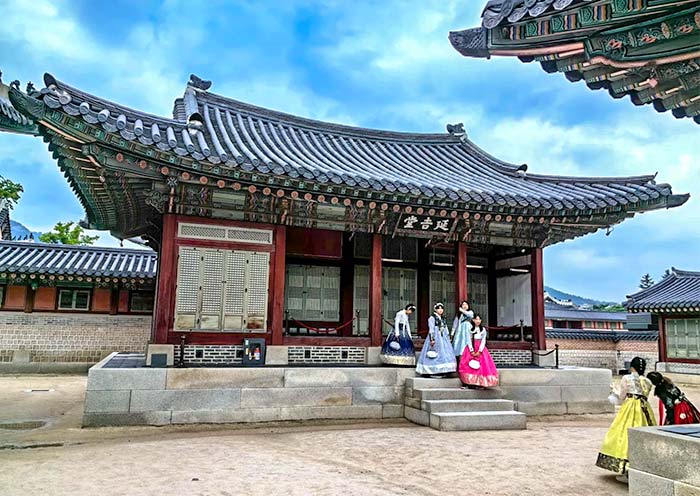
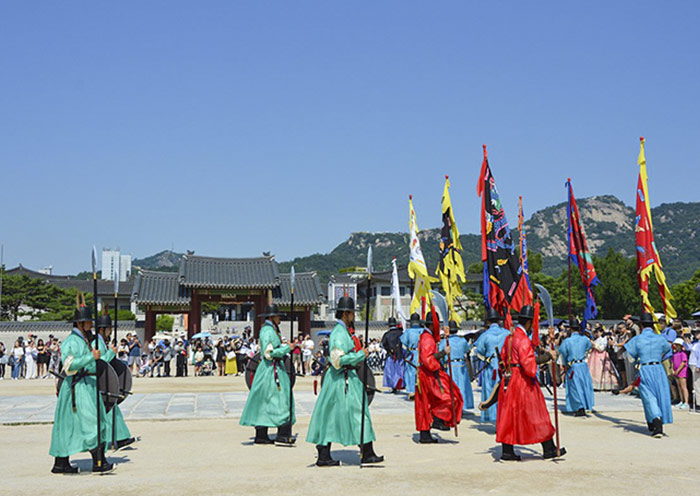


On this day, you will go for a fascinating journey into the world's most heavily guarded border: Korea's DMZ. Venture into the heart of the DMZ, where the echoes of history and the yearning for unity reverberate.
After breakfast, depart from Seoul and embark on an immersive journey through time and conflict. Explore the hallowed grounds of Imjingak Park and feel the weight of the past as you traverse the Freedom Bridge, retracing the steps of those who sought solace and freedom.
Witness the audacious 3rd Infiltration Tunnel, a chilling testament to a divided land. Immerse in the DMZ Theater and Exhibition Hall, where tales of valor and strife paint an indelible portrait. From the Dora Observatory, glimpse the enigmatic North Korea, a realm shrouded in enigma and potential.
Then, at Dorasan Station, bask in the symbolism of hope, the last frontier before unity.
Return to Seoul, where the Yongsan War Memorial Museum awaits, a sanctuary honoring the heroes who etched their valor into the annals of time.
After getting back to Seoul, you'll go to explore Hongdae, a trendy district in Seoul, renowned for its youthful atmosphere, vibrant nightlife, and unique shopping experiences. You can browse through independent boutiques, explore cosmetic stores, or sample some of the delicious street food.
Stay overnight in Seoul.


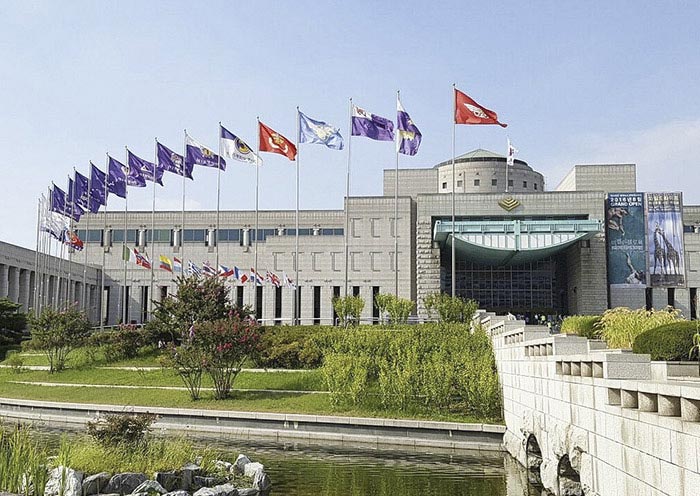
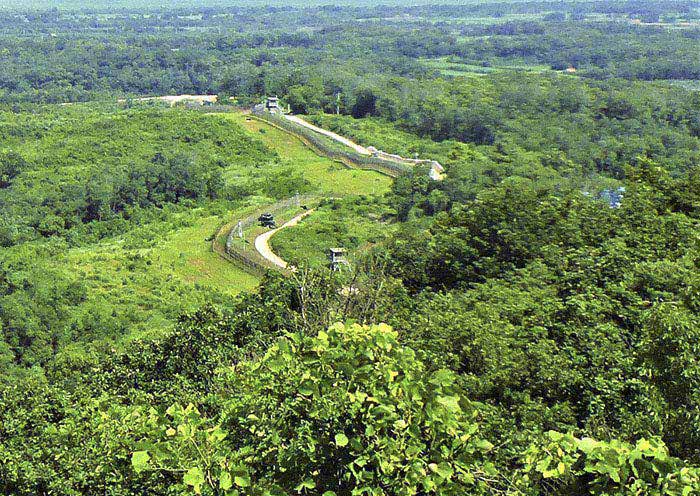
This morning, We'll pick you up at your hotel and take you to the airport in Seoul for your flight to Tokyo.
Konnichiwa(こんにちは)!Welcome to Tokyo, the capital city of Japan! Upon your arrival at the airport in Tokyo, your driver (not English-speaking) will meet you at the exit and then escort you to the hotel. You can have a good rest in your hotel and get ready to explore Tokyo with your guide the next day.
As one of Japan and Asia's largest economic centers, Tokyo is a hub for Japanese culture and art, with numerous museums, art galleries, theaters, and cultural venues, serving as a vital platform for artistic activities and cultural exchanges. Tokyo stands as a significant base for technological advancement, nurturing numerous high-tech companies and innovative talents, holding leading positions globally in areas like electronics, automotive, and robotics technology.
Situated at the southern end of the Kanto Plain, Tokyo is surrounded by diverse natural landscapes including Mount Fuji, providing residents with leisure and outdoor activity spaces. At one point, the population of the Tokyo metropolitan area reached 36 million, accounting for one-third of Japan's total population. Despite the high cost of living, Tokyo provides residents with convenient living conditions, offering a plethora of shopping centers, entertainment facilities, and a rich culinary culture ranging from fine dining to street food.
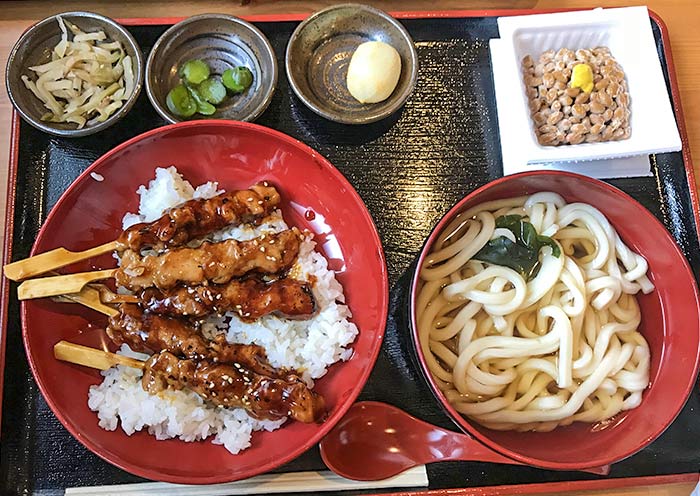
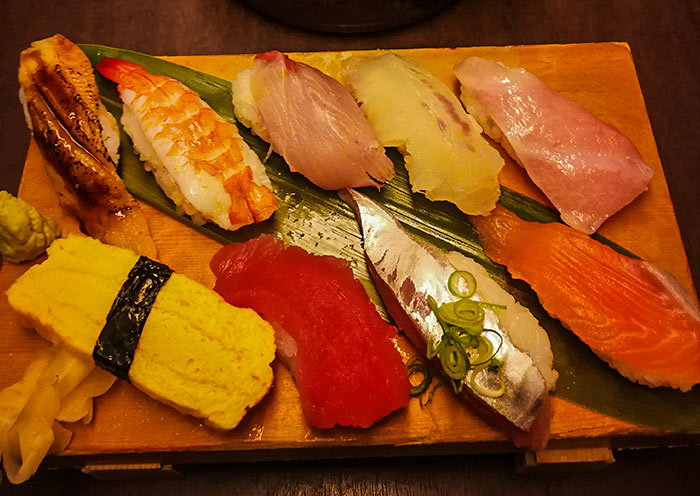
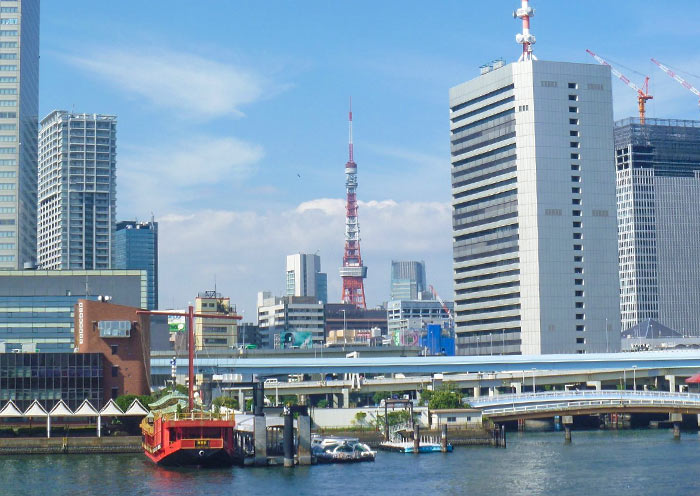
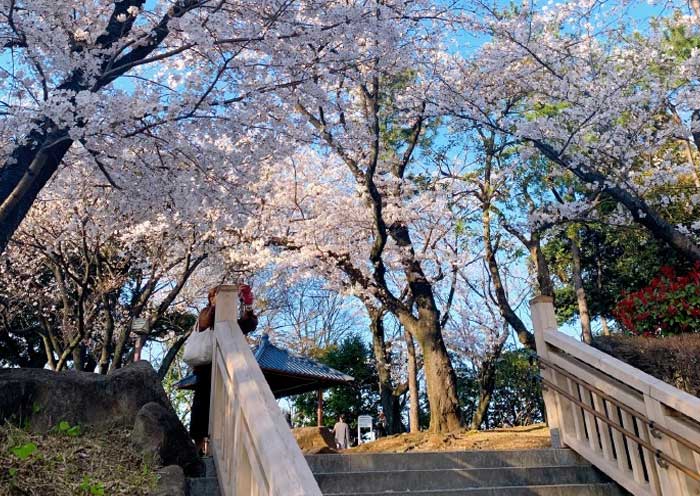
Full day explore Tokyo. You will visit Meiji Jingu Shrine (a Shinto Shrine; meet Japanese Wedding Procession), Shibuya Crossing (Hachiko, the loyal dog Statue), Senso-ji Temple (a Buddhist Temple; view Tokyo Skytree), Tsukiji Outer Market (Tsukiji Fish Market).
First to visit Meiji Jingu Shrine (Meiji Shrine), a Shinto Shrine dedicated to Emperor Meiji (1852-1912) and Empress Shoken (1849-1914), who played a crucial role in modernizing Japan while excelled in writing Waka (traditional Japanese poems of 31 syllables in the pattern 5-7-5-7-7). Meiji Shrine is a popular venue for traditional weddings, where you will have the opportunity to witness a Japanese Wedding Procession, experiencing the charm of Japanese traditional culture.
Founded in 1915 and finished in 1920, Meiji Shrine features a unique architectural style, with the main hall adopting traditional Japanese Shinto Shrine architecture infused with modern elements in its details. You will walk through Japan's Largest Wooden Torii Gate, standing in its natural wooden hue and weighing up to 13 tons. The Torii gate serves as the Symbol of Shinto Shrines, marking the transition from the worldly to the sacred. Walking through this gateway symbolizes stepping into the divine realm, evoking a profound sense of mystery and reverence.
As a peaceful oasis in the city, Meiji Jingu Shrine is the largest green space in the center of Tokyo. In the land-scarce city of Tokyo, the vast area occupied by the Meiji Shrine is truly astonishing! The sacred forest (170,000 trees) surrounding the main shrine buildings of Meiji Jingu is man-made, planted by 110,000 volunteers in honor of their beloved Emperor Meiji (established Shinto as the state religion) and Empress Shoken. The forest serves also to separate the sacred from the profane world.
Take a stroll along the paths and enjoy the fresh air and natural beauty. Then, you will notice the impressive Sake Barrel Wall along the South Approach, which features offerings from sake breweries and believers across Japan, including barrels of sake and Western liquor, reflecting Emperor Meiji's fondness for Western culture. At the main hall of Meiji Shrine, you can witness locals washing their hands and rinsing their mouths at Purification Font before worship as a sign of respect. You can offer a 5-yen coin (symbolizing a connection) like locals and pray for blessings. In the eyes of the Japanese, Meiji Shrine is considered to have such boundless capabilities, from naming ceremonies for newborns, to coming-of-age ceremonies, graduation ceremonies, seek marriage partners, pray for world peace, family well-being, safe travels, good health, warding off calamity, etc. In addition to immersing yourself in Japanese Shinto traditions and architecture, revel in the enchanting surroundings filled with lush trees, serene ponds, graceful bridges, and stone pathways that epitomize the essence of traditional Japanese garden art. You should visit here to enjoy the vibrant bloom of cherry blossoms in spring, the verdant beauty of summer, the fiery hues of autumn leaves, and the serene snowy landscapes of winter.
Tips for Visiting Meiji Jingu Shrine:
Wear modest clothing: Respect the sacred nature of the shrine by dressing appropriately.
Be mindful of noise levels: Maintain a quiet and respectful atmosphere.
Inner Garden (Optional; self-pay; once Imperial Property), and Meiji Jingu Museum (Optional; self-pay; items used by the imperial couple).
Then, move to visit Shibuya Crossing, one of the busiest intersections in the world, accommodating approximately 3,000 people per minute. As one of Tokyo's iconic locations, Shibuya attracts tourists and photographers from around the globe who come to observe and capture its essence. Numerous movies, TV shows, commercials, and music videos are filmed at this location, such as "Detective Chinatown 3" and "The Fast and the Furious: Tokyo Drift." Additionally, the well-known story of Hachiko the Loyal Dog originates here. Hachiko, an Akita dog, continued to visit the station daily to await his deceased owner's return. The Hachiko Statue located in front of Shibuya Station stands as a significant cultural landmark in the Shibuya area, attracting numerous visitors annually who come to pay their respects and honor his loyalty.
In the afternoon, head to Senso-ji Temple (Asakusa Kannon Temple), a must-visit for anyone traveling to Tokyo. Here, you can experience the heart of old Tokyo and its vibrant atmosphere. You can take photos that frame Senso-ji Temple and the Tokyo Skytree;(Japan's Tallest Tower; 634 meters) together.
Senso-ji Temple was built in 628 AD and has a history of over 1300 years, making it one of Japan's oldest temples. It not only witnesses Japan's historical changes but also carries a rich Buddhist culture. The architectural style of Senso-ji Temple blends Japanese traditional culture and art, with rich colors and exquisite carvings. The main buildings include the main gate (Kaminarimon; a landmark of Tokyo), the bell tower, the Five-story Pagoda (a landmark of Tokyo), and the main hall, all reflecting ancient Japanese architectural style and religious beliefs.
Kaminarimon is the iconic structure of Senso-ji Temple, towering at 11.7 meters high and 21.7 meters wide, truly spectacular. Giant Red Lanterns hang in front of the gate, with the words "Kaminarimon" prominently displayed. Kaminarimon is not only a symbol of Senso-ji Temple but also one of Tokyo's most famous landmarks. You may have seen the work of Utagawa Hiroshige, one of the "Three Greats of Ukiyo-e," in his piece "One Hundred Famous Views of Edo: Asakusa Kaminarimon," depicting a snowy scene of the Kaminarimon gate, celebrated for its delicate portrayal and profound imagery, becoming a masterpiece of Ukiyo-e art. The area is bustling, and crowded with people coming to pray and seek blessings for health, peace, and happiness. Around Senso-ji Temple, you can taste various Japanese cuisines, purchase unique souvenirs, and participate in various celebratory activities.
After that, you can explore Tsukiji Fish Market (Now Toyosu Market). Tsukiji Fish Market was once the world's largest fish market, famous for its tuna auctions. However, in 2018, it relocated to a new, larger facility called Toyosu Market. You can still enjoy fresh seafood (sashimi, sushi, or seafood rice bowls), purchase kitchenware, and learn about a variety of seafood, including the characteristics, cooking methods, and nutritional value of different types of seafood.
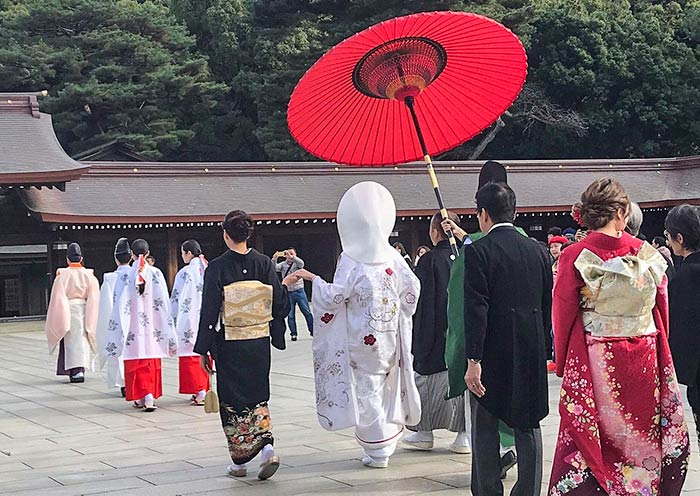
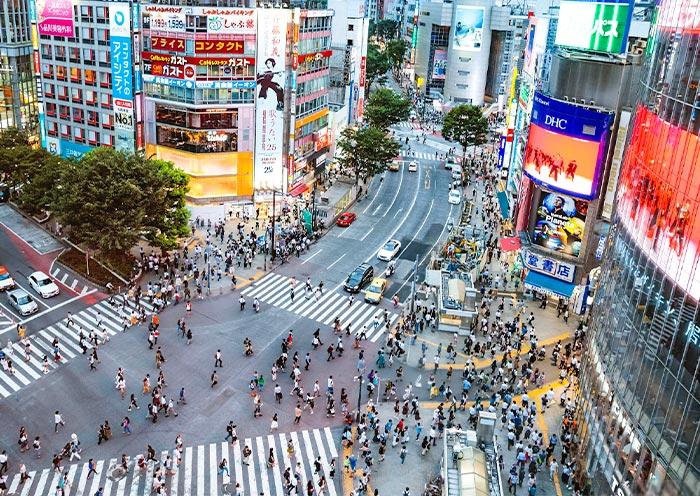
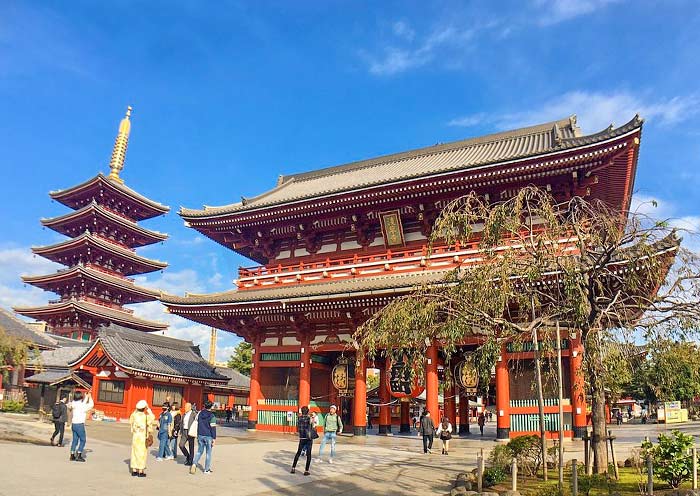
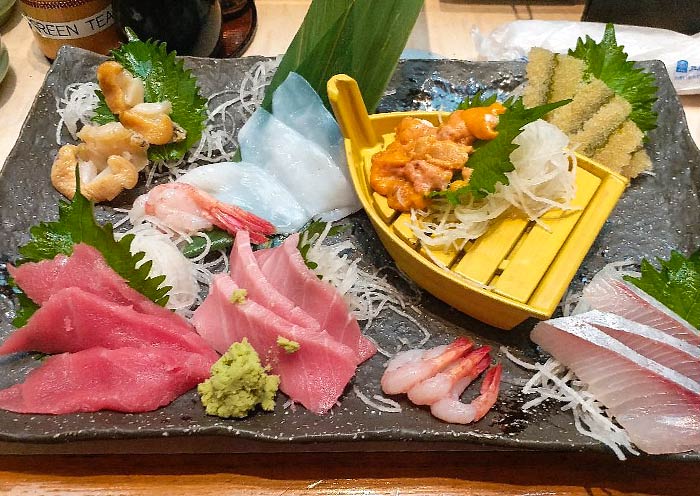
Today, it will be a full-day round trip (300 km) to admire the breathtaking views of Mount Fuji from the Mount Fuji 5th Station, Lake Kawaguchi.
Mount Fuji is the tallest mountain in Japan. It's a famous volcano with a perfectly symmetrical cone shape. Visiting Mount Fuji is essential for any traveler in Japan. As a UNESCO World Heritage Site, Mount Fuji (3,776 m) stands as an iconic symbol of Japan, a cultural and spiritual landmark (recognized as a holy mountain in Shintoism), and a natural marvel. When picturing Mount Fuji, its distinctive perfect cone shape and snow-capped peak likely come to mind. Among the most renowned depictions is Katsushika Hokusai's 'Thirty-Six Views of Mount Fuji'. Hokusai, one of the "Three Greats of Ukiyo-e," is best known for his masterpiece "The Great Wave off Kanagawa."
Start your journey to Mount Fuji 5th Station for a close-up Mount Fuji view. It offers breathtaking panoramic views of Mount Fuji (if weather permits) and the surrounding area, including the Fuji Five Lakes. For those adventurous enough, the 5th Station is the starting point for climbing Mount Fuji. Experience the unique alpine environment and the thrill of being so close to Japan's iconic mountain.
Then, head to Lake Kawaguchi for a leisurely walk along the lakeside. Lake Kawaguchi is renowned for its clear waters that often reflect the majestic Mount Fuji (if weather permits), creating a postcard-perfect scene and making it a popular destination for both domestic and international tourists.
For art lovers, the next stop is the Kubota Itchiku Art Museum, located near Lake Kawaguchi. This unique architectural space houses a collection of beautiful rare kimonos, all designed and created by artist Ichiku Kubota. Ichiku Kubota (1917–2003) was a master textile artist renowned for his exquisitely crafted kimonos. He developed his own complex dyeing techniques, creating intricate patterns and colors inspired by nature, landscapes, and traditional Japanese culture. The tranquil museum setting also offers beautiful views of Mt. Fuji and the lake.
After exploring the museum, choose between two scenic experiences: a cable car ride at Tenjo-san Park or a peaceful cruise on Lake Kawaguchi.
Tenjo-san Park (Cable Car): Take a scenic cable car ride up to the park’s observation area. From the top, you’ll be treated to a stunning 360-degree view of Mt. Fuji, Lake Kawaguchi, and the surrounding countryside.
Alternatively: Lake Kawaguchi Cruise: If you prefer a more tranquil experience, you can opt for a lake cruise on Lake Kawaguchi. This leisurely boat ride offers beautiful views of Mt. Fuji from the water, allowing you to appreciate the landscape from a different perspective.
After that, head back to Tokyo overnight and have a good rest.
Notes:
If the weather is clear, you can enjoy a good view of Mt. Fuji. However, if the weather is not favorable, Mt. Fuji may not be visible.
The best time to view Mount Fuji is generally from Nov. to Feb. when skies are clearer and the peak is snow-capped. Nevertheless, it's important to keep in mind that weather can be unpredictable, and even during these months, there is no guarantee of a clear view.
Early mornings often provide the best visibility before clouds obscure the view. Different locations around Mount Fuji offer varying perspectives, with some spots known for their clear views.
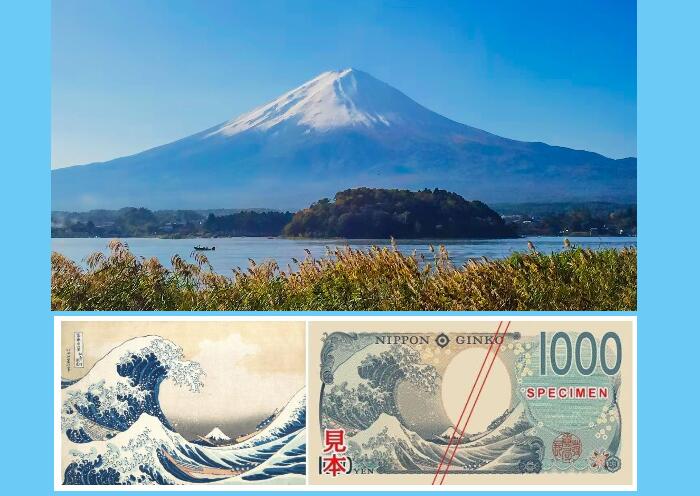

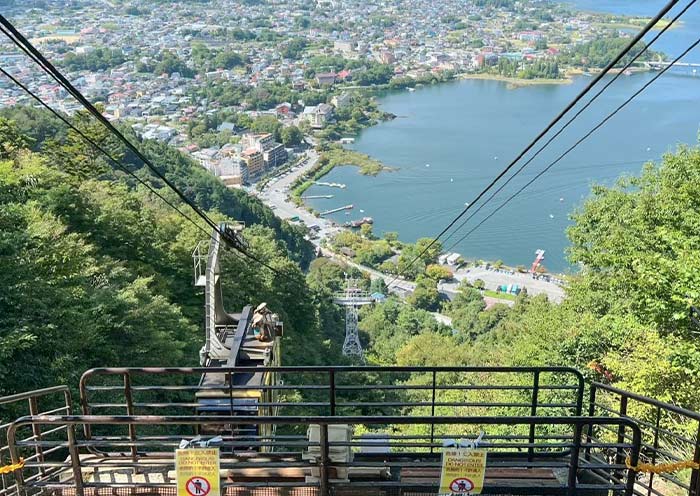
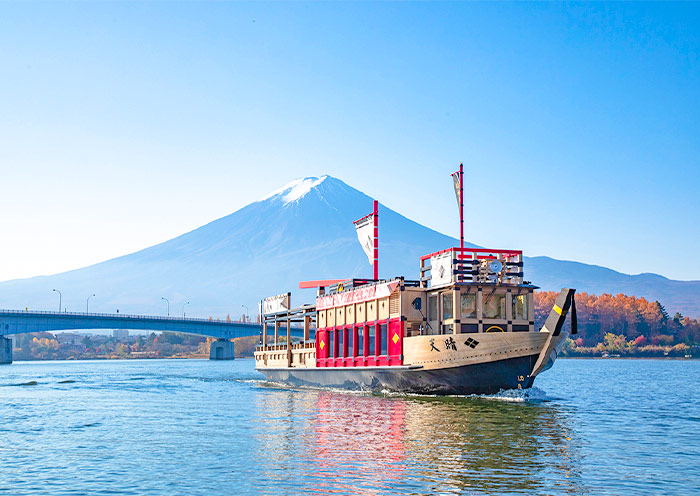
Today, you will take the Shinkansen (bullet train) to Kyoto. A driver will wait for you at the hotel entrance at the scheduled time and transport you to Tokyo Station.
Shinkansen Ride: At Tokyo Station, board the Shinkansen (bullet train) bound for Kyoto Station (about 2.5 hours). This fast and comfortable journey offers a chance to enjoy the changing landscapes of urban and rural Japan.
Upon arrival in Kyoto, a driver holding a sign will wait in the designated area to greet you and provide a private transfer to your hotel. Check into your hotel and take some time to settle in and rest.
Kyoto, located in the Kansai region of the country, was once the capital of Japan. It epitomizes ancient Japan and is famous for tranquil temples, exquisite gardens, colorful shrines, grand imperial palaces, and ornate castles. Boasting 17 UNESCO World Heritage sites, over 1,000 Buddhist temples, and more than 400 Shinto shrines, Kyoto is among the world's most culturally rich cities. It's also known for traditional Japanese arts and practices, such as tea ceremonies, kaiseki dining (a traditional multi-course meal), and ikebana (flower arranging). It remains one of the best places to see geishas, who are traditional Japanese female entertainers known for their refined skills in arts, music, dance, and conversation.
In this afternoon, visit one of Kyoto's most iconic sights, Kinkakuji Temple (Golden Pavilion) - a UNESCO World Heritage site. This Zen Buddhist temple is famous for its stunning golden exterior. The temple's stunning visual appeal comes from its top two floors, which are completely covered in gold leaf. The reflection of the golden structure shimmering in the pond in front of it, makes it perfect for photos and quiet reflection. It was originally built in 1397 as a retirement villa for Shogun Ashikaga Yoshimitsu. After Yoshimitsu's death, as per his will, the villa was converted into a Zen temple by his son.
Next, head to Nijo Castle, another UNESCO World Heritage site, to delve deeper into Japan’s feudal history. Constructed in 1603 as the Kyoto residence of Tokugawa Ieyasu, the first shogun of the Edo period, its expansive grounds and ornate architecture highlight the power and wealth of the dominant samurai clans during the Edo period (1603-1867).
The castle features two concentric rings of fortifications, each consisting of a wall and a wide moat. After passing through the grand Kara-mon (gate), you will enter Ninomaru Palace, which is divided into five buildings with numerous chambers. The interiors are adorned with masterful paintings by the Kano school, reflecting the cultural and artistic heritage of the era. The castle is renowned for its "nightingale floors," (that sing and squeak at every move, making it difficult for intruders to move about quietly), designed as a security measure against intruders. Don’t miss the excellent Ninomaru Palace Garden, which was designed by the tea master and landscape architect, Kobori Enshu.
After the tour, be transferred back to your hotel.
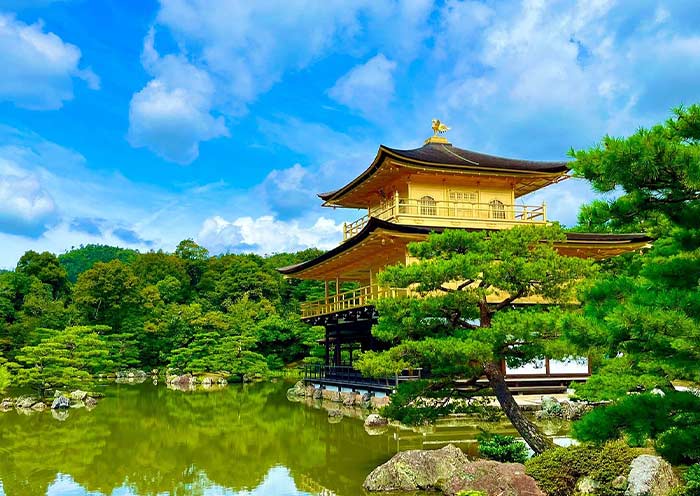
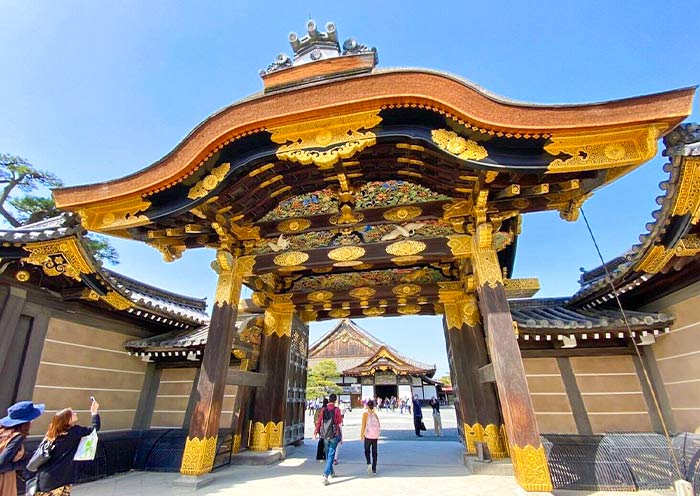

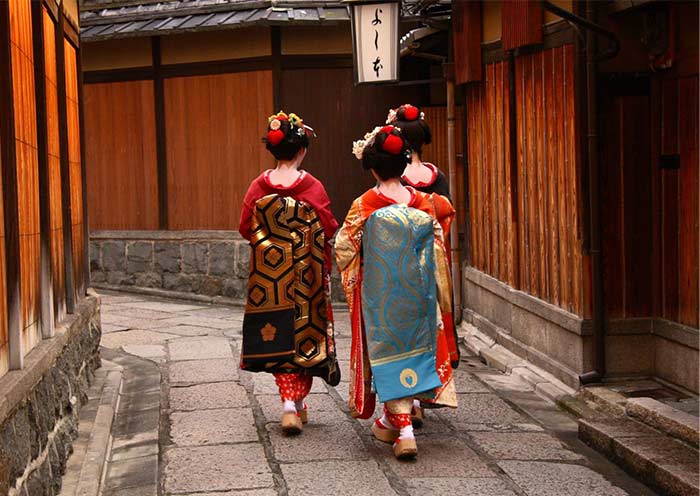
Kyoto, once the capital of Japan, epitomizes ancient Japan. Boasting 17 UNESCO World Heritage sites, over 1,000 Buddhist temples, and more than 400 Shinto shrines, Kyoto is among the world's most culturally rich cities. Known for traditional arts like tea ceremonies, kaiseki dining, and ikebana (flower arranging), Kyoto is also one of the best places to observe geishas.
Start morning in Kyoto bright and early at one of its most iconic sites - the Fushimi Inari Taisha Shrine to beat the crowds.
Fushimi Inari Taisha Shrine is famous for its thousands of vermilion torii gates, known as Senbon Torii (“thousands of torii gates”). Layers upon layers of vermilion torii gates line the lush, wooded hillside, forming a seemingly endless corridor. The vibrant orange and black gates contrast beautifully with the surrounding greenery, creating a visually stunning and almost otherworldly path that is highly photogenic.
Fushimi Inari Taisha was founded in the early 8th century (711 AD) and is primarily dedicated to Inari, the Shinto god of rice, fertility, sake, agriculture, and industry. As you explore the shrine, you will encounter hundreds of fox statues. Said to be the messengers of the god Inari, who is associated with cereal grains, these fox statues often symbolize the deity. Many of these fox statues are depicted holding a key in their mouths, which is said to open the granary.
Tips: Hiking to the summit of the mountain and back will take two to three hours, but many people go only as far as the Yotsutsuji intersection because there are fewer torii gates beyond this point. It will take 30 to 40 minutes to reach Yotsutsuji.
Next, visit Kiyomizudera Temple, a UNESCO World Heritage Site. Perched on the hillside of Eastern Kyoto, this temple is renowned for its wooden stage that juts out over the hill, providing stunning views of the city and the surrounding nature. The temple's main hall, constructed entirely without the use of nails, is an architectural marvel. Kiyomizu-dera is also celebrated for its sacred waters, which are believed to have wish-granting powers that draw countless visitors who come to drink from its stream. Don’t miss the Hondo (Main Hall), Jishu Shrine, the Otowa Waterfall, and the spiritual experience of the Tainai-Meguri room.
Tips: The scenery at Kiyomizu-dera Temple is distinctively beautiful in each season, offering a unique charm year-round. In spring, the mountains are adorned with charming cherry blossoms; in summer, they are lush with vibrant greenery; in autumn, they are decorated with brilliantly colored leaves; and in winter, they are filled with enchanting trees.
Then, walk up the well-preserved streets of Ninenzaka and Sannenzaka. These charming, sloping streets are lined with traditional shops and quaint tea houses, offering a nostalgic glimpse into Kyoto's past. As you stroll through these areas, you can shop for unique crafts, sample local snacks, and perhaps stop at a café to relax and soak in the atmosphere of old Kyoto.
Continue to Yasaka Shrine, the guardian shrine of the Gion entertainment district, which dates back over 1350 years. Yasaka Shrine is particularly favored by those seeking beauty and wealth. Visiting this significant Shinto shrine in Kyoto, you may also find yourself gaining some good luck. The shrine is most famous for its Gion Matsuri in July, during which you can witness the procession where the deities of Yasaka are paraded through the city streets.
Adjacent to the shrine, Gion is Kyoto's famous geisha district. Here, you might catch a glimpse of Geisha (Geiko) in their elaborate kimonos and traditional makeup. As you wander through the cobblestone streets of Gion, take a moment to appreciate the beautifully preserved machiya (wooden townhouses), ochaya (teahouses), and exclusive ryotei (traditional Japanese restaurants). Gion is particularly enchanting at dusk when the lanterns are lit and geishas and maiko (apprentice geishas) make their way to evening appointments, making the narrow lanes come alive.
Stay overnight in Kyoto.

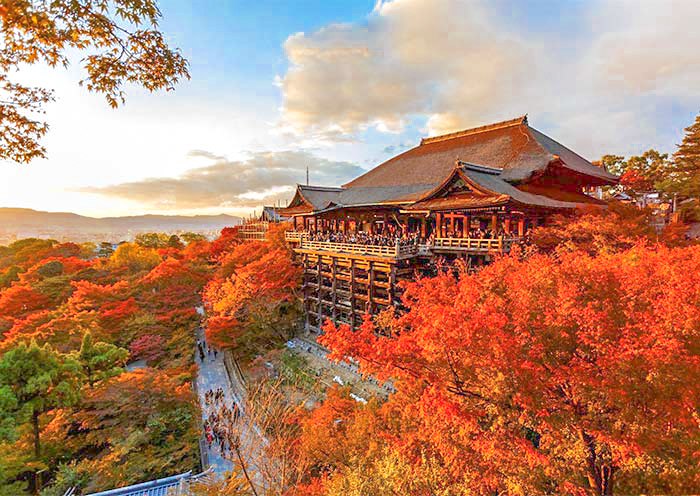
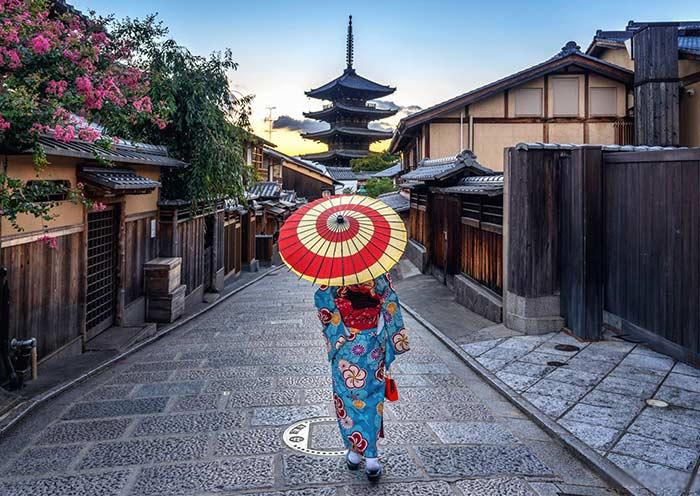
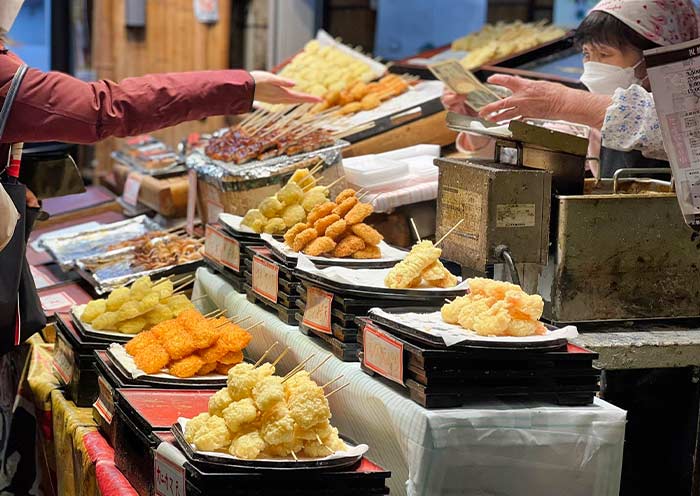
In this morning, depart from Kyoto and head to Nara, an approximately 1.5-hour car ride. Before Kyoto, there was Nara, Japan’s first permanent capital and one of the country’s most rewarding destinations. Nara boasts 8 World Cultural Heritage sites, making it Japan's second most culturally rich city after Kyoto.
Visit Todaiji Temple, one of Japan's most historically significant temples and a UNESCO World Heritage site. It is known for housing the world’s largest bronze statue of the Buddha Vairocana, which stands just over 16m high and consists of 437 tonnes of bronze and 130kg of gold. It represents Vairocana Buddha and is flanked by two Bodhisattvas. Todaiji's main hall, Daibutsu-den (Big Buddha Hall), is one of the world’ 's largest all-wood buildings, even though the present reconstruction of 1692 is only two-thirds of the original temple hall's size.
Walk to Nara Park. This park is famous for its hundreds of freely roaming deer, considered messengers of the gods in Shinto tradition. Purchase some shika senbei (deer crackers) to feed the deer as you stroll through the park.
After the tour, drive to Osaka (typically takes around 45 minutes to an hour). Osaka, Japan's third-largest city and a major economic hub, is renowned for its rich history, diverse cuisine, distinctive culture, and robust economic strength. The city's unique sense of humor and open personality make it an exceptionally interesting place, more colorful than most cities. Acres of concrete are covered with dazzling neon lights and brightly colored storefronts. Osaka is a city that loves to eat, known as the "nation's kitchen", boasting a wide variety of culinary delights.
Last, enjoy hopping at Shinsaibashi-suji Shopping Street, Osaka's busiest shopping arcade. Then, head to the lively district of Dotonbori, where waterways are lined with luminous advertisements and signs. It's especially glitzy during the holiday season, with decorations strung across the bridges. Full of fantastic restaurants, clubs, and karaoke bars, it's the city's go-to area for entertainment. Take a photo at the iconic Glico Man sign. Try takoyaki, ball-shaped octopus bites, kushikatsu (Japanese deep-fried skewered meat and vegetables), and okonomiyaki, a savory Japanese pancake topped with whatever you like.
Free Time Ideas: visit Shinsekai (New World), an old neighborhood known for its nostalgic atmosphere reminiscent of the Showa era. Tsutenkaku Tower is the iconic landmark of this district. It was inspired by cities like Paris and New York. From a modern perspective, this 100-meter-tall steel tower may not seem particularly high, yet it holds a significant place in local history as a symbol of progress and innovation. Visiting Shinsekai is like stepping back in time, offering both the charm of yesteryears and the excitement of modern urban culture.
Stay overnight in Osaka.


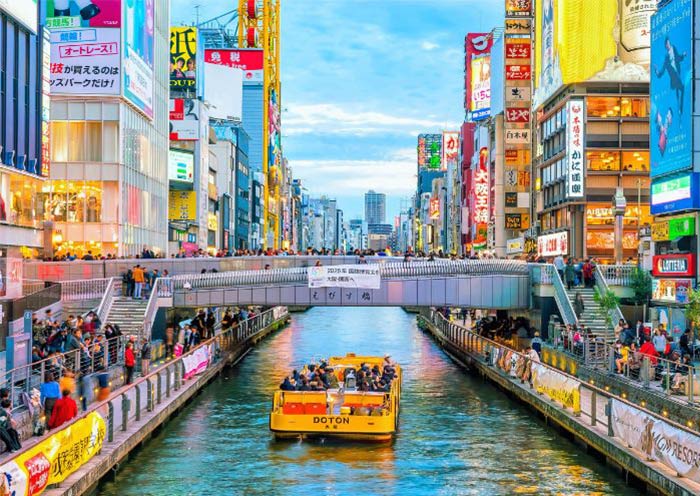

Your driver will ensure a smooth transfer to Kansai International Airport (KIX) for your departure flight.
Nihao! Welcome to Shanghai, China’s most internationalized and vibrant city! Shanghai's long-term fusion of Eastern and Western cultures has contributed to Shanghai's unique culture. Upon your arrival at the airport/train station in Shanghai, the tour guide and driver will meet and greet you at the exit, and then escort you to the well-selected hotel in downtown Shanghai. The rest of the day is free on your own so you can have a good rest for the jet lag or explore by yourself around your hotel.
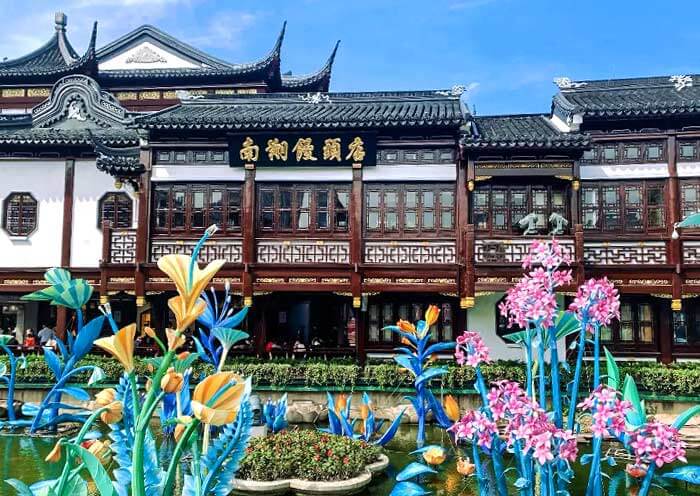
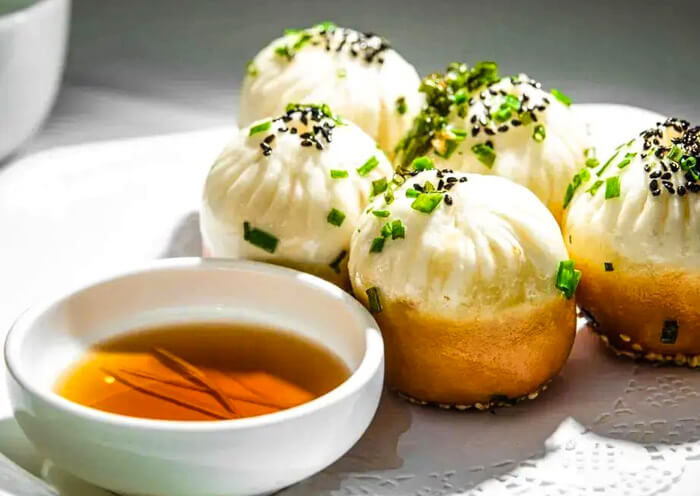
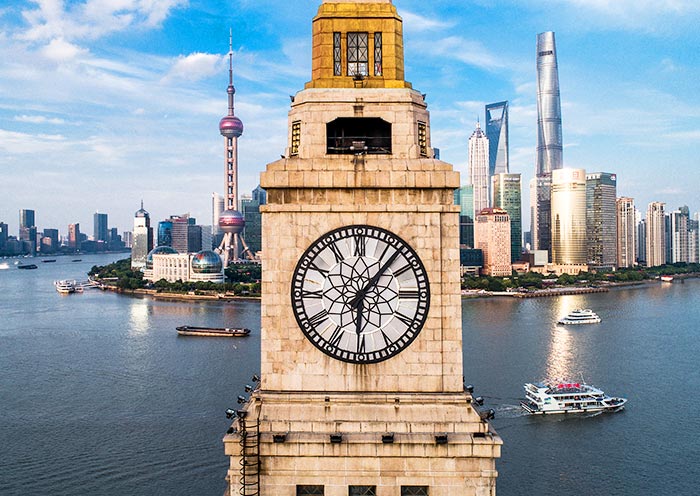
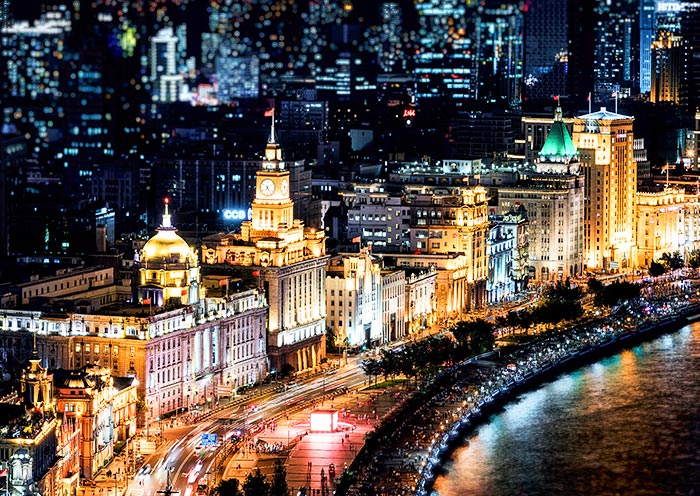
On this day, your guide will take you to Lujiazui Financial District in Shanghai Pudong New Area to the highest building in China - the Shanghai Tower. It features a dramatic 120-degree twist from its base to its peak. Take the world's fastest lifts (traveling at 64km/h) to the "Top of Shanghai Observatory" located on the 118th floor, 546 meters above ground level. Here, you'll have the unparalleled opportunity to enjoy a 360-degree panoramic view of modern Shanghai and also look down upon the Oriental Pearl TV Tower (a cultural landmark of Shanghai), Jin Mao Tower (a traditional Chinese pagoda-like structure with a modern style) and the Shanghai World Financial Center (the third tallest building in China and the fifth tallest in the world).
Next, move to Yu Garden, the most celebrated classical Chinese garden hidden in the bustling downtown area of Shanghai, where you can appreciate the beauty of a Jiangnan water town ! Yu Garden was a private garden of the Ming Dynasty (1368-1644) with a history of over 460 years, was built in 1559 by Pan Yunduan (潘允端) for his father to enjoy his retired life. You will see the winding paths and changing scenery, the plants and ponds, the brick carvings, stone carvings, clay sculptures, and wood carvings in the garden, all designed with great craftsmanship. On the way to Yu Garden, you will pass by the iconic Jiuqu Bridge (九曲桥Nine-Bend Bridge/Zigzag Causeway) and the Huxin Pavilion (湖心亭Mid-lake Pavilion, built in the Qing Dynasty, 1616-1912). According to Chinese Fengshui, the zigzag causeway is designed to thwart spirits, who can only journey in straight lines. As you enter Yu Garden, you can explore various beautifully crafted dragons hidden in the buildings, count them, and learn more about the Chinese dragon totem from your guide.
Later, explore Yuyuan Bazaar (Chenghuangmiao Market) outside Yu Garden which is a vibrant Shanghai Old Street where you can try Shanghai’s local snacks such as Xiaolongbao (Nanxiang Steamed Bun Restaurant小笼包), Pan-Fried Pork Buns (Fried Dumplings生煎包), Soup Dumplings (灌汤包), and Won-ton Soup (上海馄饨). You can also buy some traditional Chinese handicrafts and artworks for souvenirs here.
After lunch, it's time to venture into the Xintiandi near the French Concession, where you can admire the elegant residences that stand as a testament to that era. Xintiandi (新天地) is a bustling place that seamlessly blends Shikumen architecture (石库门) with modern urban fashion style. It offers a comprehensive introduction to the local Shikumen (stone-gate house) architecture, along with enticing dining and shopping options. This upscale entertainment and shopping complex is modeled on traditional “Nong Tang” (弄堂alleyway) homes and stands as the pioneering development in the city, demonstrating the commercial viability of preserving historical architecture.
Then, enjoy a leisure walk from Nanjing Road to the Bund, which is less than a 2 km walk. Nanjing Road Pedestrian Street is one of the iconic attractions of Shanghai, known as the "Number One Commercial Street in China". It serves as a window to Shanghai's openness to the world and a paradise for shoppers from both domestic and international locations. Nanjing Road is the perfect place to experience century-old Chinese time-honored shops.
At last, move to the Bund, the Top 1 Place to Visit on the Shanghai Bucket List. The Bund is the best spot to view the Oriental Pearl TV Tower (a symbol of Shanghai) and the three skyscrapers of Lujiazui that are famed as the "Kitchen Three Piece Set" (陆家嘴三件套) by locals due to their shapes: a syringe (Jin Mao Tower, 421m), bottle opener (Shanghai World Financial Center, 493m), and eggbeater (Shanghai Tower, 546m), respectively. Kown as “An Exhibition of International Buildings”, the Bund is a collection of 52 buildings representing various international architectural styles. Since 1844 (Qing Dynasty), foreign banks, trading companies, clubs, and newspapers have gathered here, showcasing the former glory of the "Wall Street of the Far East" (远东华尔街). You will visit the Zhapu Road Bridge (乍浦路桥) to capture the "Shanghai Version of Seine River Scenery"(上海版塞纳河风光), followed by Waibaidu Bridge (外白渡桥Garden Bridge of Shanghai), where you can admire the Russian Consulate building (俄罗斯领事馆green roof) that combines Baroque and German Renaissance styles. At Huangpu Park (黄埔公园), established in 1886, you can pay tribute to the Monument to the People's Heroes (人民英雄纪念塔) and discover more about the history of the Bund. After passing the Peace Hotel, you won't miss the iconic Clock Tower at the Shanghai Customs House (江海关大楼), the HSBC Building (汇丰银行), the Golden Bull Plaza (金牛广场sculpture of a golden bull), and the Gutzlaff Signal Tower (外滩天文台), all of which are classic attractions of the Bund.
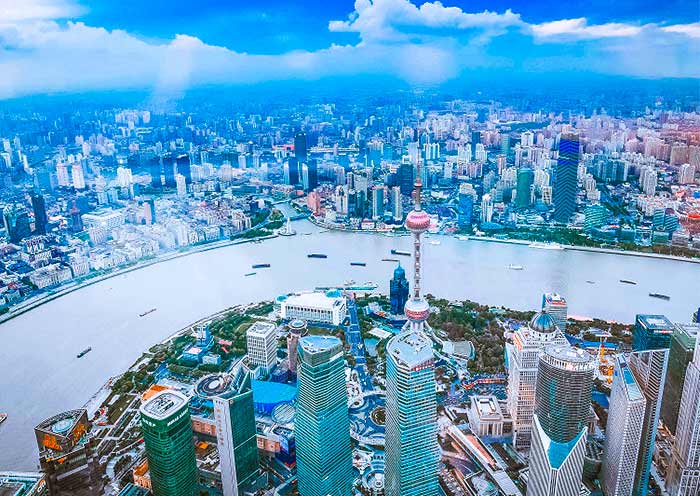
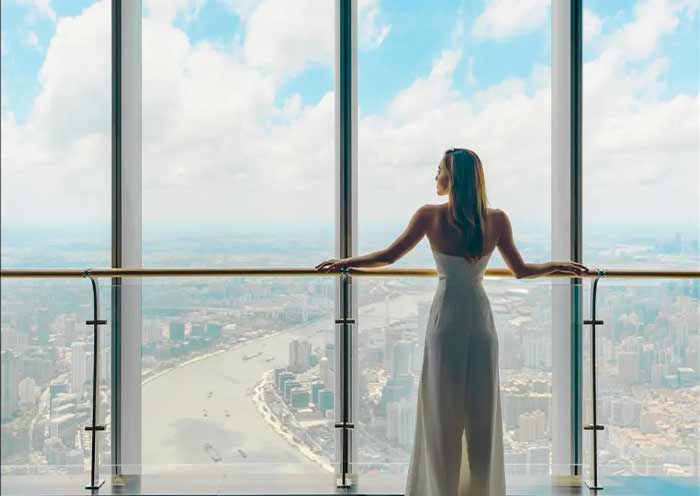
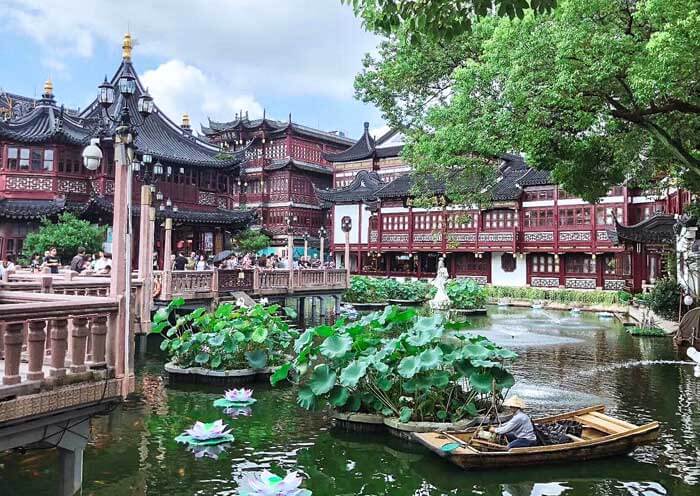
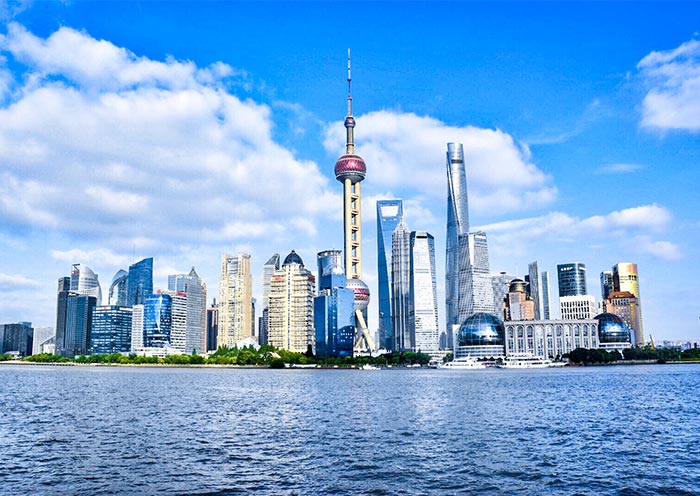
Today, you will head to the airport for your flight to Xian (about 2.5 hours). Welcome to Xian, the capital of 13 ancient China dynasties! Upon your arrival in Xian, the local guide and driver will greet you at the exit of the airport, and then escort you to your hotel in Xian downtown area. Enjoy some free time on your own after the hotel check-in.
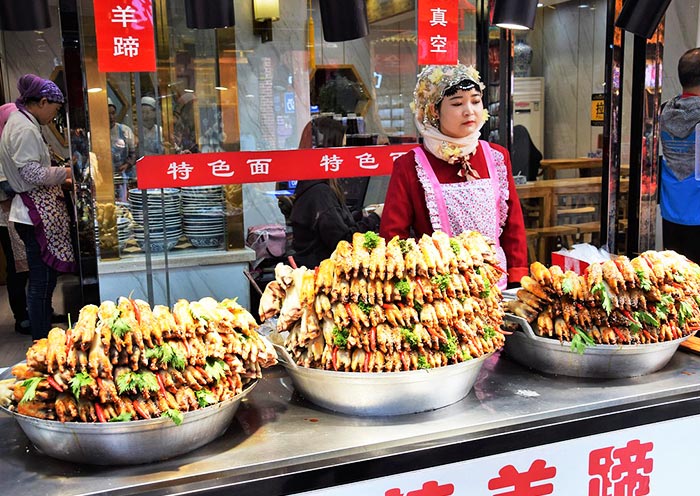
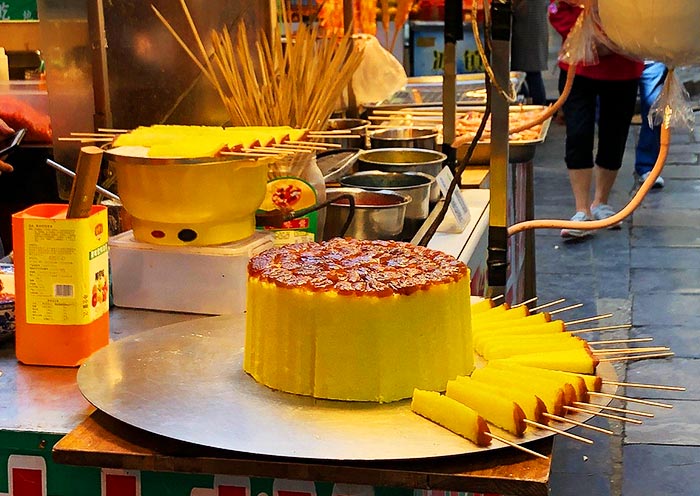
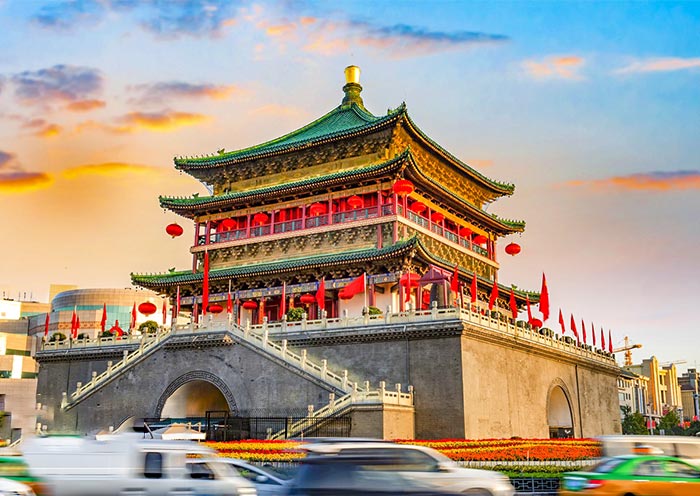
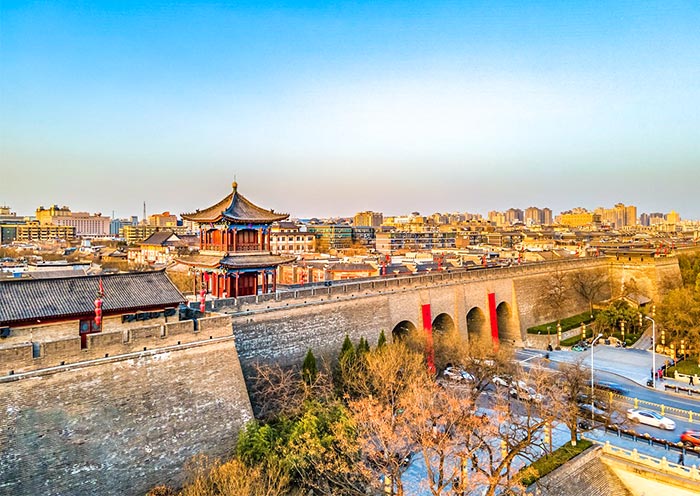
After breakfast, drive about 40 km to the Terracotta Warriors Museum (Museum of Qin Terra-cotta Warriors and Horses). Here, you can discover the Terracotta Warriors and Horses: an army of around 8,000 soldiers, 130 chariots, 520 horses, and 150 cavalry entirely made of baked clay or terracotta. This Terracotta Army has silently stood guard over the soul of China's first emperor, Qin Shihuang, for more than 2,000 years. Until an accidental local farmer digging a well in 1974 struck upon one of the greatest archaeological discoveries in the world. Upon stepping into this "underground military museum," you will encounter two awe-inspiring shocks. The first is the magnitude of the archaeological marvel before you: thousands of life-sized clay soldiers, horses, and chariots arranged in battle formations. The second shock is that the faces of thousands of Terracotta Warriors are still vivid, despite the passage of more than 2,000 years. Each figure is unique, with distinct postures, hairstyles, and armor, making them seem to come back to life in the next moment.
During your visit, an knowledgeable guide can take you to highlights of the museum, including Pit One, Pit Two, Pit Three and provide valued explanations and insights that you might not get from simply observing the sculptures on your own. Afterward, you will have a rare opportunity to create your own miniature Terracotta Warrior under the guidance of a local potter. This will allow you to appreciate the craftsmanship and techniques of the Qin Dynasty as well as gain a deeper understanding of how terracotta warriors were made.
After lunch, drive back downtown to visit the Giant Wild Goose Pagoda which is one of Xi'an's most recognizable landmarks and a symbol of the magnificence of the Tang Dynasty. This seven-story pagoda, standing in the tranquil Da Ci'en Temple, is one of China's best examples of a Tang-style pagoda (squarish rather than round). It was completed in AD 652 to house Buddhist sutras brought back from India by the monk Xuan Zang. His travels inspired one of the best-known works of Chinese literature, Journey to the West. While at the Giant Wild Goose Pagoda, you'll also have the opportunity to immerse yourself in the local culture by trying on Hanfu (traditional Chinese clothing), and capture memorable moments in Hanfu.
As evening falls, visit the Grand Tang Dynasty Ever Bright City which showcases the life and times of the Tang Dynasty. The light show is decorated with structures, creating a vibrant and immersive atmosphere that transports you back to the times of the Tang Dynasty, providing a magical experience of walking through time.
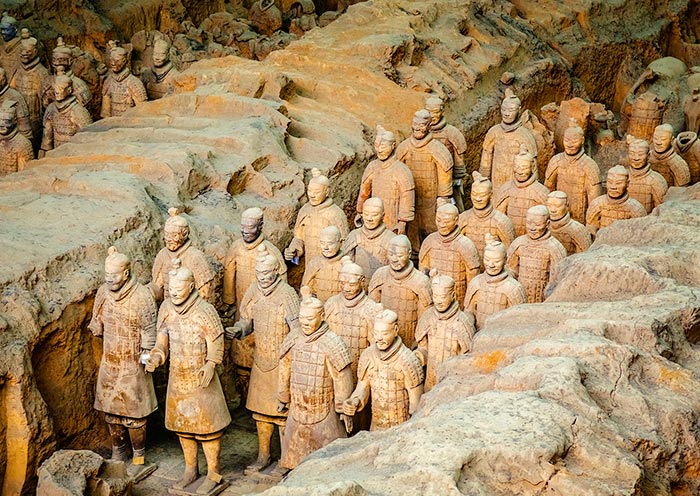
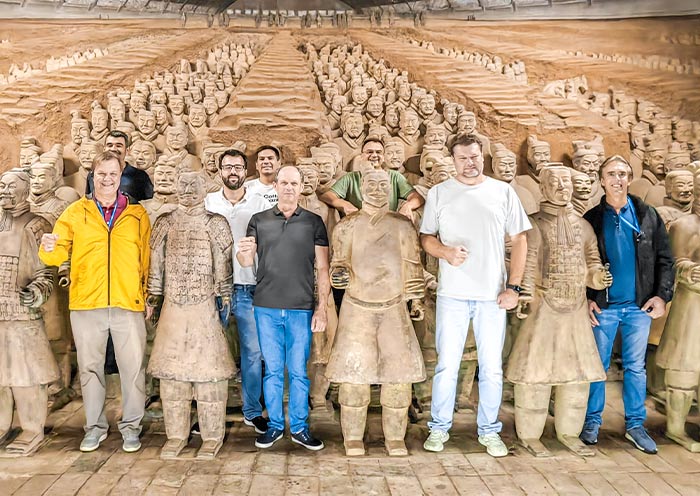
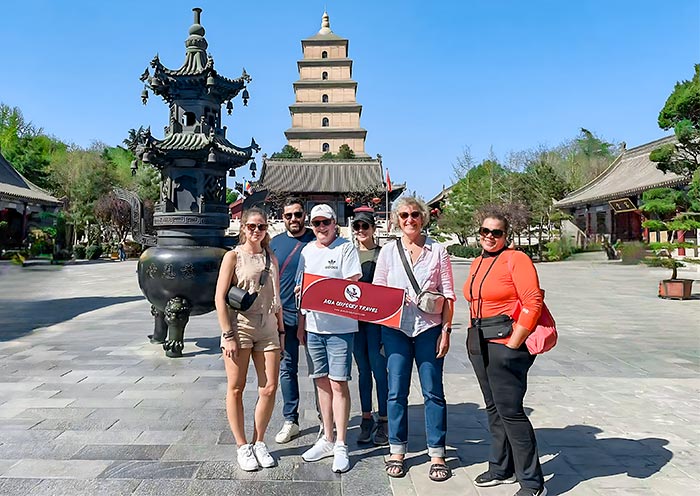
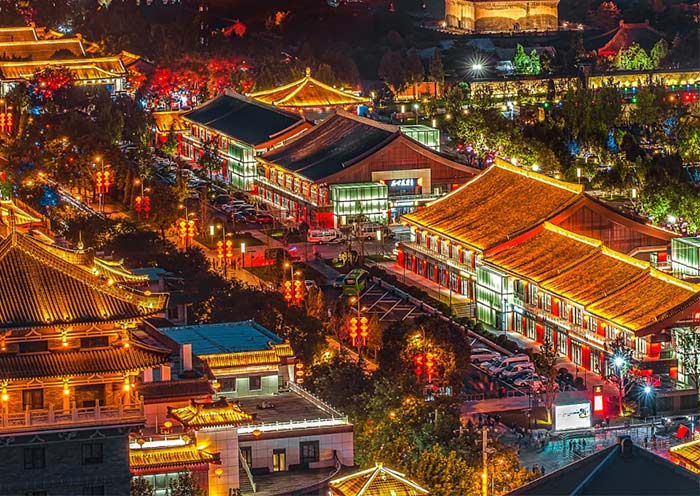
This morning, your guide will meet you in the hotel lobby and escort you to visit the Ancient City Wall. Xi'an is one of the few cities in China where the imposing old city walls still stand. Built in 1370 during the Ming dynasty, the magnificent 12-meter-high walls, form a rectangle with a perimeter of 14 kilometers. To get an idea of Xi'an's former grandeur, take a leisurely walk on the wall. Each step here is a chance to resonate with the echoes of history that the stones reverberate. Or cycling ( optional ) the full extent of the wall offers a rewarding panoramic view of the city - a tangible contrast between the old and new, and a testament to Xi'an's historical significance and modern vibrancy. Once you've delved into the city's historical narrative, don't forget to indulge in the delicious food and experience the vivid local life.
Optional activities:
Rent a bike cycling on the Ancient City Wall;
The Muslim Quarter is a paradise mixed with different local snacks and Muslim culture, and you can surely taste the most authentic local food there. Don't miss the Great Mosque, an architectural gem that beautifully blends Islamic and Chinese design styles. After the tour, you will be escorted to a well-selected hotel in downtown Xi'an. The rest of the day is free for you to either rest and recover from jet lag or explore the area around your hotel on your own.
After the tour, you will be transferred to the train station for your high speed train to next destination - Beijing. Upon arrival in Beijing, your guide will meet you at the train station and escort you to your hotel. The rest of the day is free on your own so you can explore by yourself around your hotel.
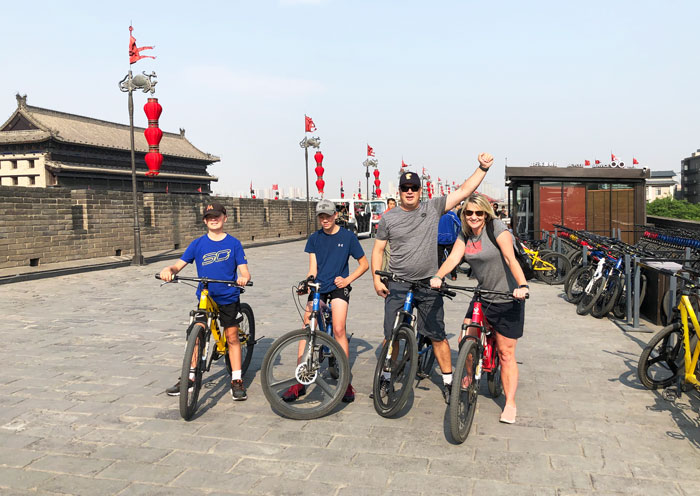
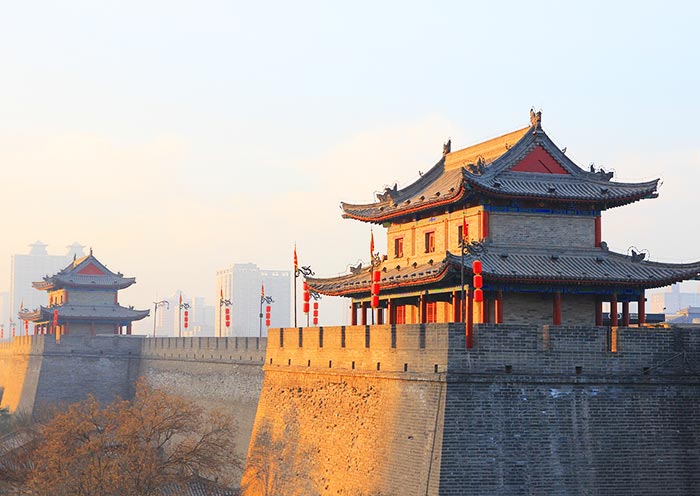

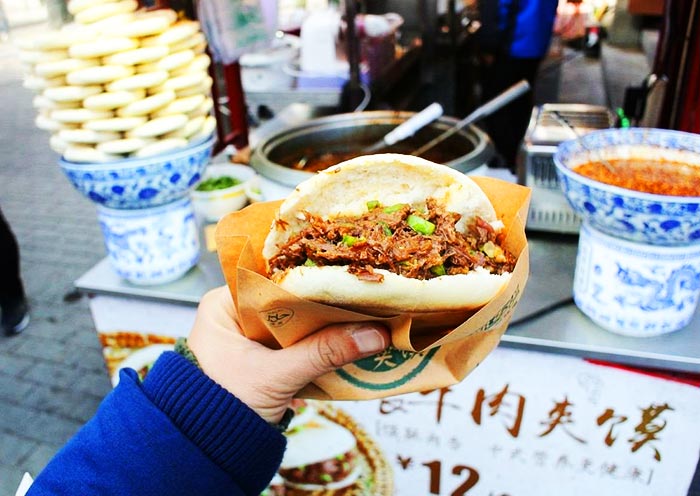
Today you will spend the whole day exploring the ancient citadel Beijing through China’s famous landmarks, epic imperial grandeur and royal gardens.
After breakfast, your guide will pick you up at your hotel and then head to Tian’anmen Square, which is the world’s largest public square and also the symbol of China. It has witnessed many big events in China over the past decades and from here you can take good pictures of Tiananmen Gate showing on CCTV News every day.
Walk across the square and you will visit the might and splendor of the awe-inspiring Forbidden City, the world’s largest palace complex and one-time home to 24 emperors of China. Listed as a world heritage site, Forbidden City has about 500 years’ history, and served as the political and ritual center of China during the Ming (1368-1644) and the Qing (1644-1911) dynasties. With over 8,728 rooms, the Forbidden City is not only China’s largest and best-preserved collection of ancient buildings, but also a city within the city, like the Vatican in Rome. Enter through Meridian Gate and visit along the central axis to ensure you won’t miss any highlighted palaces. You can admire its brilliant architecture and numerous ancient art treasures while listening to your guide and learning more about the emperors’ stories hidden inside the Imperial Palace. Later, take another 15-minute walk up to Jingshan Park, where you can have a magnificent panorama of modern Beijing and princely views over the russet roofs of the Forbidden City.
In this afternoon, drive to the “Museum of Royal Garden” - Summer Palace, which used to be the resort for royal families to flee summer heat. The grounds, temples, gardens, pavilions, lakes, bridges, gate-towers, and corridors are a marvel of landscaping. Enjoy the leisure walk and take your time to appreciate the imperial architectures, hilltop views, and beautiful lakes, which offer a pastoral escape into the landscapes of traditional Chinese painting.
Recommended Optional Activity: You can try the famous Peking Roasted Duck at Quanjude this evening.
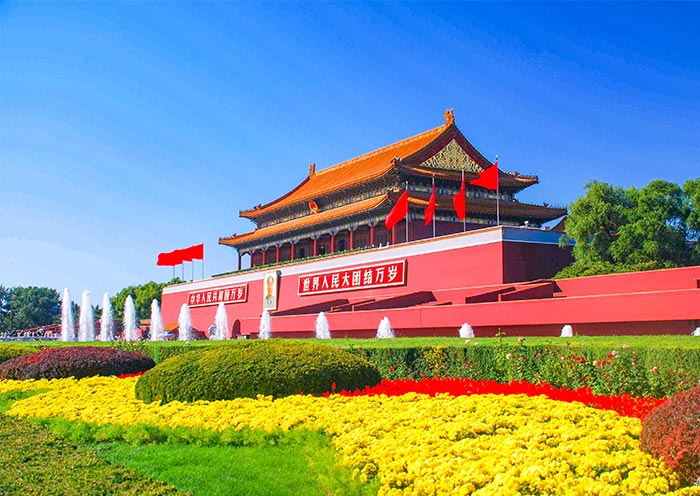

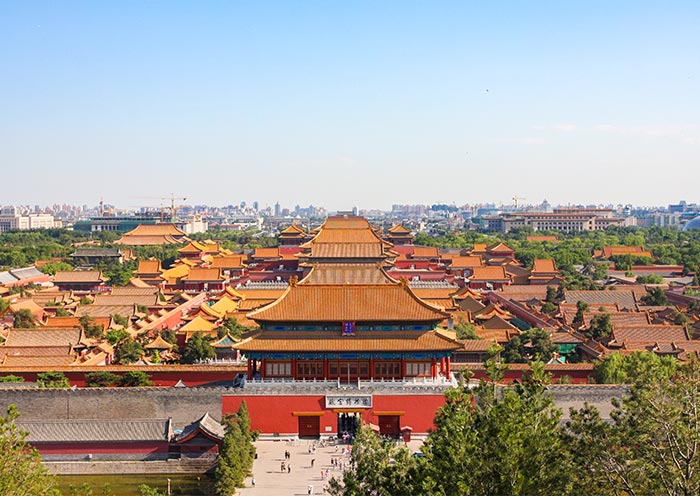
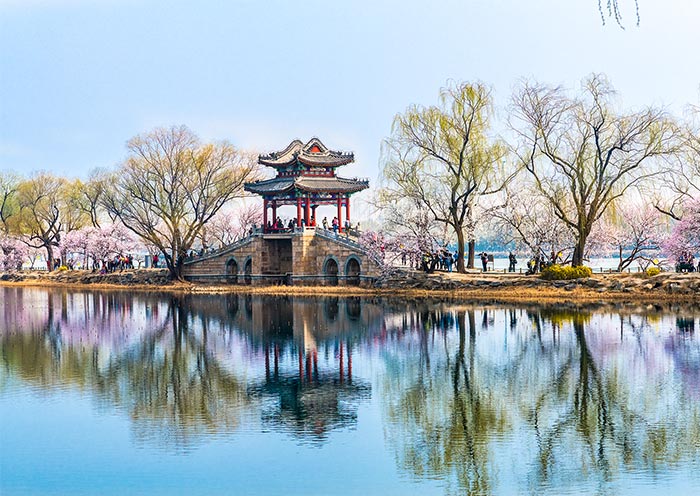
In this morning, you will head northwest of Beijing (about 1.5-2 hours’ drive, 73km) to the Great Wall at Mutianyu. The Great Wall boasts a history over 2,000 years and stretches more than 3,000 miles across several provinces of northern China, making it one of the most impressive ancient masterpieces on the planet. Mutianyu Great Wall is connected with the Jiankou Great Wall in the west and the Gubeikou Great Wall in the east. Mutianyu is the longest and best fully-restored Great Wall with fewer tourists and is also famed for its 23 Ming-era watchtowers and stunning views. Take the cable car up to the 14th watchtower and then enjoy the memorable hiking time on the wall while visiting its western route. With the green pines and cypresses covering the surrounding area, and the winding wall standing majestically on the vast land, you will capture the most stunning natural scenery in this section. Challenge yourselves while climbing up to the 20th watchtower where you could fulfill your Great Wall dream. Cherish the chance and take photos as many as you like!
After the once-in-lifetime experience, head back to downtown Beijing and have the chance to take photos with the exterior of the Bird's Nest (Beijing National Stadium) and Water Cube (Beijing National Aquatics Center). They were both designed for the 2008 Beijing Olympics and used for the 2022 Winter Olympic Games. After that, transfer back to your hotel and have a good rest tonight.
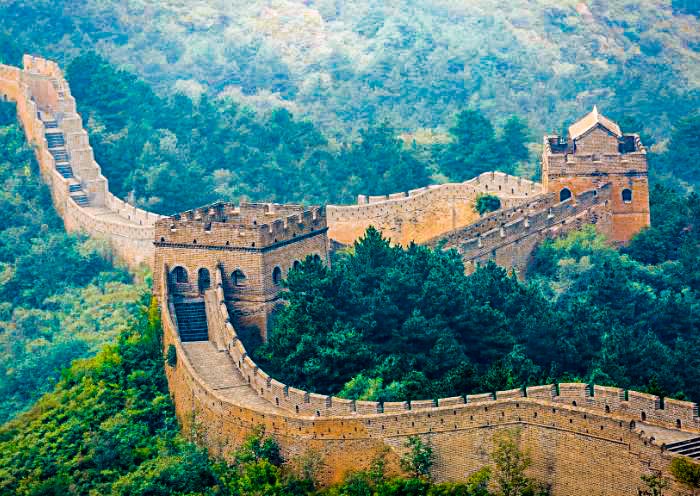
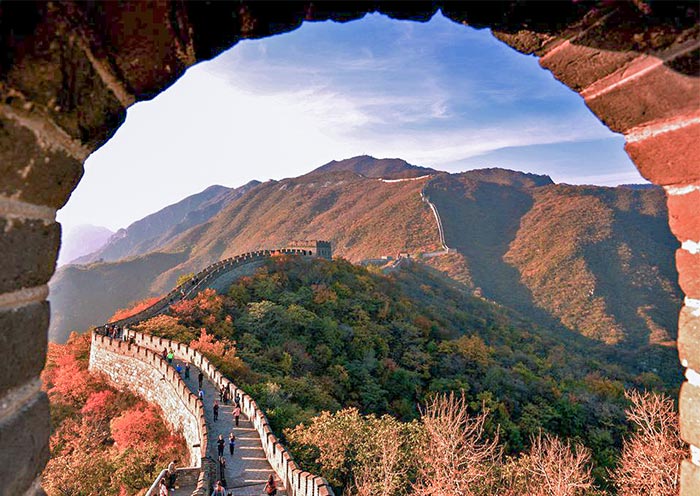
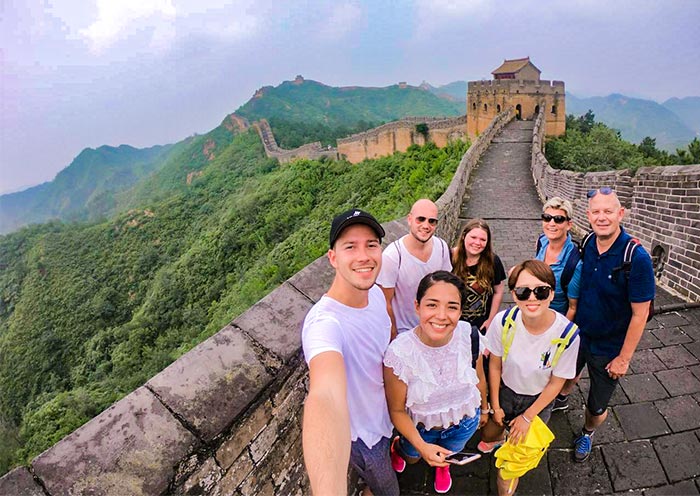
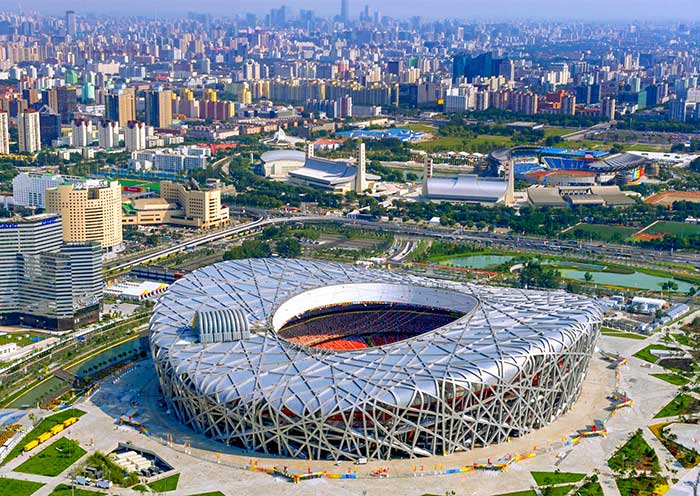
This morning you will head to Temple of Heaven. Located in Beijing's Tiantan Park, the Temple of Heaven is much bigger than the Forbidden City and smaller than the Summer Palace. As a World Heritage, the Temple of Heaven (Taoist temple) is also known for its rigorous symbolic layout, peculiar structure, and magnificent decoration. The Temple of Heaven used to be a place to offer sacrifice to Heaven by 22 Chinese emperors twice a year for good harvests. You can learn more about the grand praying ceremony there, as well as observe the amazing designs such as the Echo Wall and the Triple Sound Stones. Nowadays, it is also a park for local people to do morning exercise and you are welcome to join them.
If there is more time, you can also enjoy the relaxing time exploring the ordinary local life through the old Hutongs. Take a rickshaw tour to travel through the narrow alleys with many featured shops standing on both sides.
Then, it is time to end your 17 Days East Asia Tour. Your guide will escort you to the airport/train station for your flight or high speed train to your next destination.
Thank you for choosing Asia Odyssey Travel for your China tour, and we are always here working for you and hope to see you again for your next trip to China/Asia.
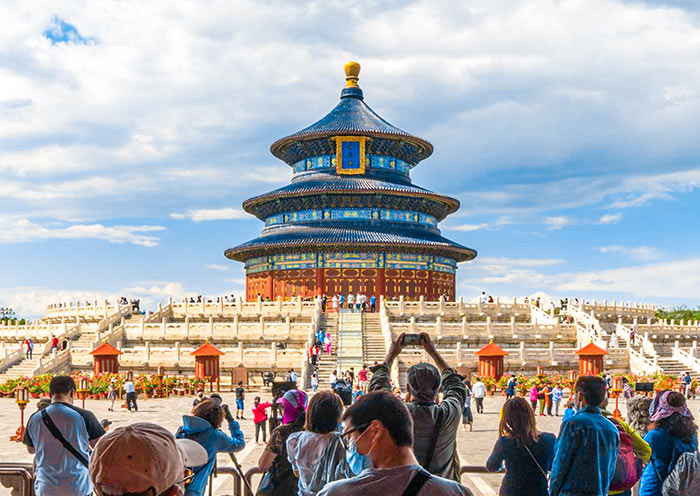
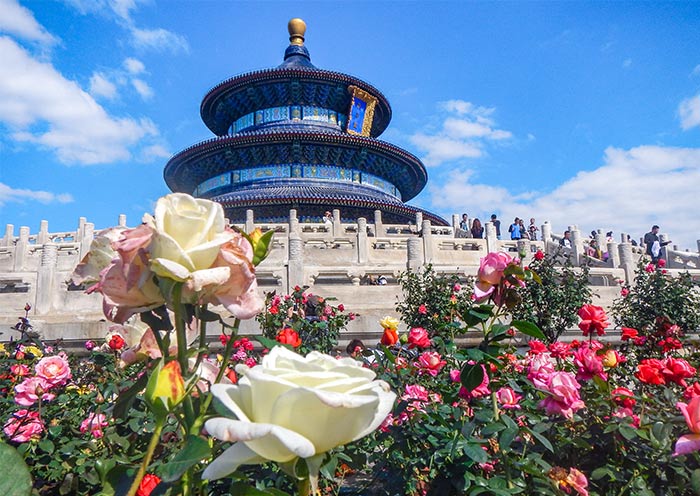
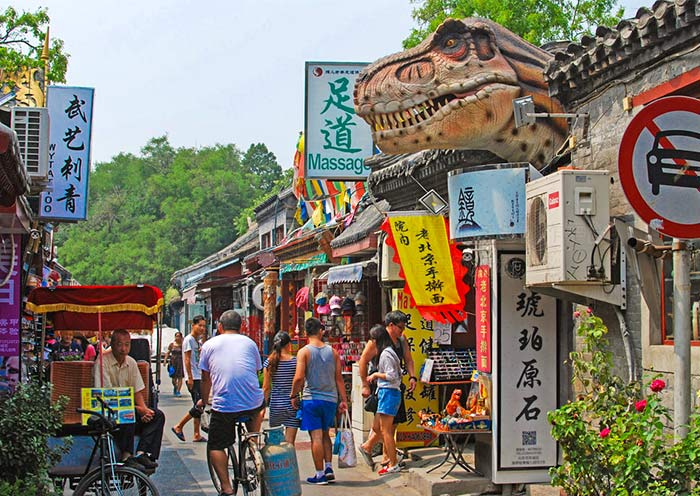
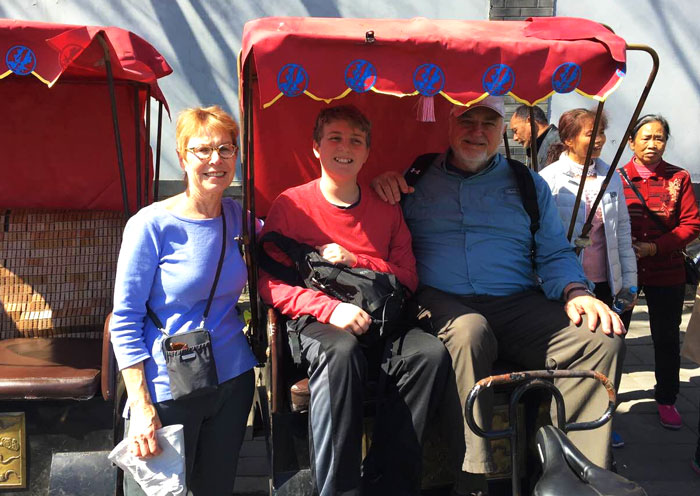
What’s Included & What’s Excluded
What's Included:
What's Excluded:
Important Travel Tips for Visiting Japan
Get the right visa. Depending on your nationality and the length of your stay, you may need to apply for a visa in advance. You can do this online or at a Japanese embassy or consulate. Many countries are part of Japan’s visa exemption program, allowing their citizens to enter Japan for short stays without a visa for tourism. Always check if your country is on this list before applying for a visa. If you have any questions, feel free to contact our travel experts for more information.
The best time to visit Japan depends on your interests:
Spring (March to May): Ideal
for witnessing the cherry blossoms and enjoying mild weather. Major cities like Tokyo, Kyoto, and Hiroshima
are particularly beautiful as cherry trees bloom spectacularly.
Summer (June to
August): Perfect for experiencing vibrant festivals such as Gion Matsuri in Kyoto,
Tanabata Matsuri across the country, and enjoying the natural beauty of Hokkaido, which is less humid than
the rest of Japan. Note that early summer (June) is the rainy season.
Autumn (September to
November): Offers stunning fall foliage, making it a great time for hiking and temple
visits. The weather is cool and pleasant, ideal for outdoor activities.
Winter (December to
February): The best time for winter sports, especially in regions like Hokkaido and the
Japanese Alps. Onsens (hot springs) are also a popular attraction during the cold months.
Bring Cash. Despite advances in digital payment, many smaller vendors, temples, and rural
areas operate predominantly with cash. It’s wise to keep some yen on hand at all
times.
Universal Travel Adapter. Japan uses 100V with two straight thin
pins.
Passport: Ensure it’s valid for at least six months beyond your date
of travel.
Visa (if required): Make sure you have the right visa for your
travel.
Travel Insurance Information: Always good to have on hand.
Bow when greeting: A slight bow is a common way to say hello, thank you, or
sorry.
Be mindful of your noise level: Japanese culture values quietness,
especially in public transportation and residential areas.
Follow the rules: Whether
it's waiting in line or adhering to signage, following local rules and etiquette is highly
valued.
Etiquette in temples and shrines: Wear modest clothing and follow specific
customs such as washing hands and mouth before entering a shrine or temple. Photography might be restricted
in sacred areas.
Looking for more travel guides for first-time visitors to Japan? Want to gather additional information to plan your trip? Our team of professional travel experts has written over 40 articles about Vietnam. Please check out ourJapan Travel Guide for inspiration and detailed insights.
Hotel Conditions for Your Japan Tour
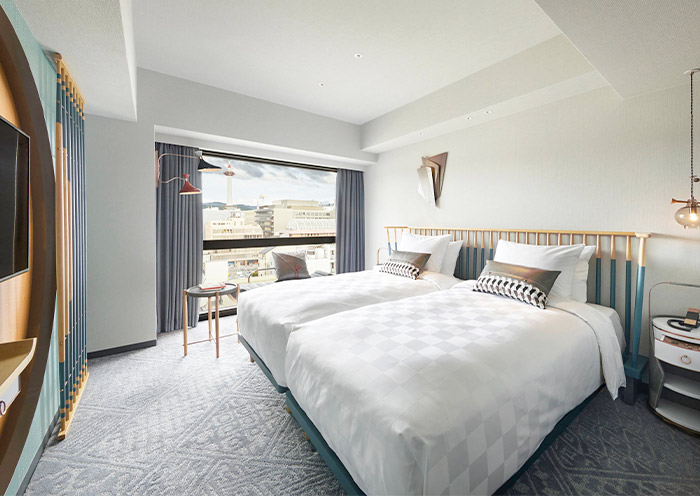

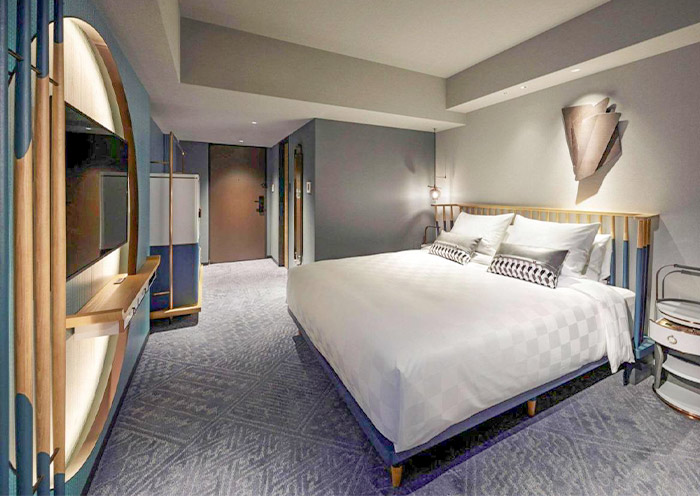
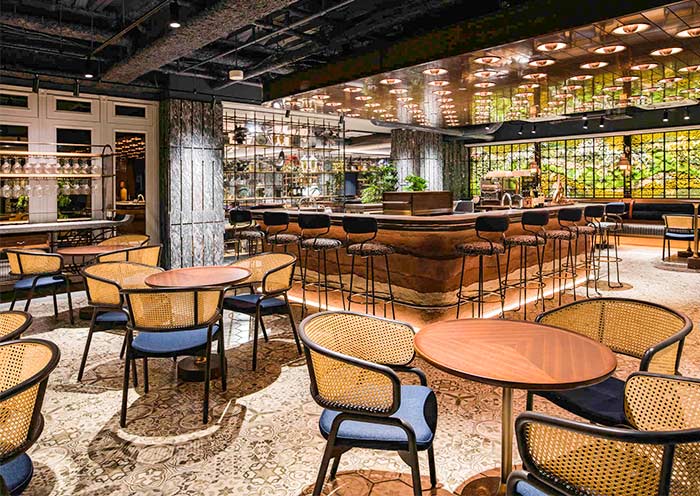
We offer a range of accommodation options to suit various preferences and budgets: luxurious 5-star hotels, comfortable 4-star hotels, and economical 3-star hotels. Our selected hotels are conveniently located close to the city center or popular tourist spots.
For those seeking a more distinctive lodging experience, we also offer Traditional Ryokans, Machiya, Onsen (hot springs) Hotels, etc. If you have specific needs or preferences, please consult with your travel advisor.
Tips: Be aware that hotel room sizes in Japan may be smaller compared to those in other developed countries due to the scarcity of land. If your budget allows, it is recommended to opt for a higher category of hotel, which will generally offer more comfort.
Photo Gallery for This Itinerary
Latest Japan Tours Reviews from Our Customers

Jess
Malaysia
Destination(s): Beijing, Xian, Shanghai, Zhangjiajie
Date of Experience: Sep 04, 2025
Tour Customized by: Yee
You May be Interested in This Tour: 26 Days In-Depth Vietnam China Japan Tour: Ultimate Asia Contrast

Claudia Konrado
Brazil
That’s when a friend recommended Asia Odyssey Travel (AOT), and it was the best decision we made! Not only did they completely customize our entire trip, but they did so at a perfectly reasonable cost. Our travel agent, Abby, was absolutely incredible. She worked tirelessly with us to build out an itinerary, patiently answering all our questions, offering guidance, making changes, and adding new ideas with such care and professionalism. From Disney and Universal for the teens to visits to TeamLab Planets, museums and temples and shopping excursions, ending with a relaxing beach time in Okinawa, Abby worked with us and ensured there was something wonderful for everyone. Even during the trip, she was always available to help and provide support. I truly can’t express how much Abby made a difference in our experience. The entire team at AOT, from the guides to the drivers, was consistently helpful and attentive, ensuring every moment of our journey was smooth and enjoyable. We are so grateful for the wonderful memories created, all thanks to the dedication and expertise of AOT team. We highly recommend them for an exceptional travel experience.
Date of Experience: Jul 01, 2025
Tour Customized by: Abby
You May be Interested in This Tour: Customized Tour

Cheers
Britain
I’m so glad we chose to do this tour! We were looking for a way to escape the summer heat, and Hokkaido was a dream come true. The air was so fresh and the scenery was just incredible—I swear my photos don’t even do it justice.
The highlight for me was definitely the lavender fields in Furano. They were even more beautiful in person than in all the pictures you see online. Our private guide knew the best spots to get a great view without fighting the crowds. Plus, we got to see all the other rainbow flower fields in Biei which were just as amazing.
The trip was super relaxing because we didn't have to worry about a thing. Our driver was so professional, and it was a huge relief to have a private car just for our family. It made getting between all the different towns so easy. We loved exploring the charming canal in Otaru and getting to eat all the fresh seafood in Sapporo. The food in Hokkaido is seriously on another level!
Date of Experience: Jun 10, 2025
Tour Customized by: Cheers
You May be Interested in This Tour: 8 Days Hokkaido Summer Tour: Colorful Family Vacation on Hokkaido Island
Price: From USD Request pp
(Based on a private tour for 6 persons staying in 4-star hotels. Prices may vary depending on the itinerary, travel dates, and group size. )
(Book at least 6 months in advance)
